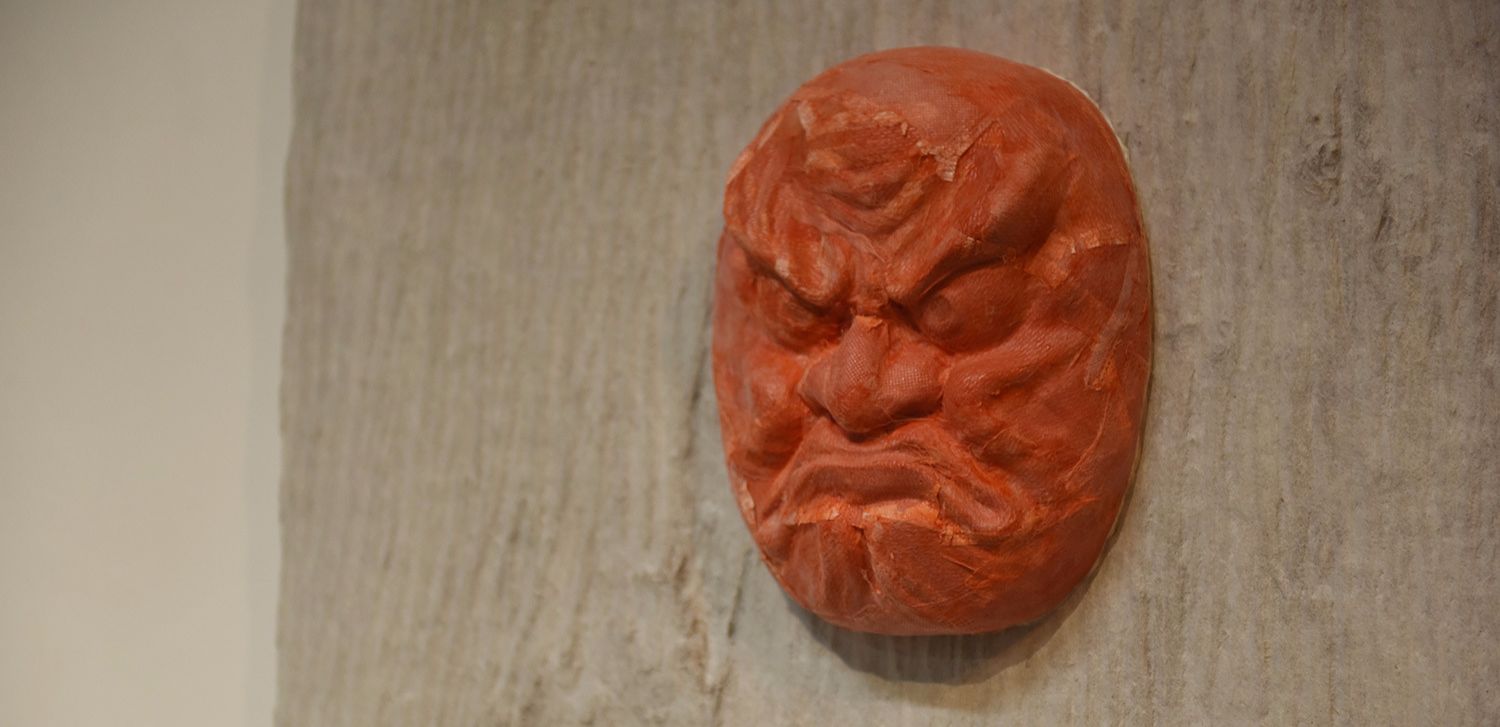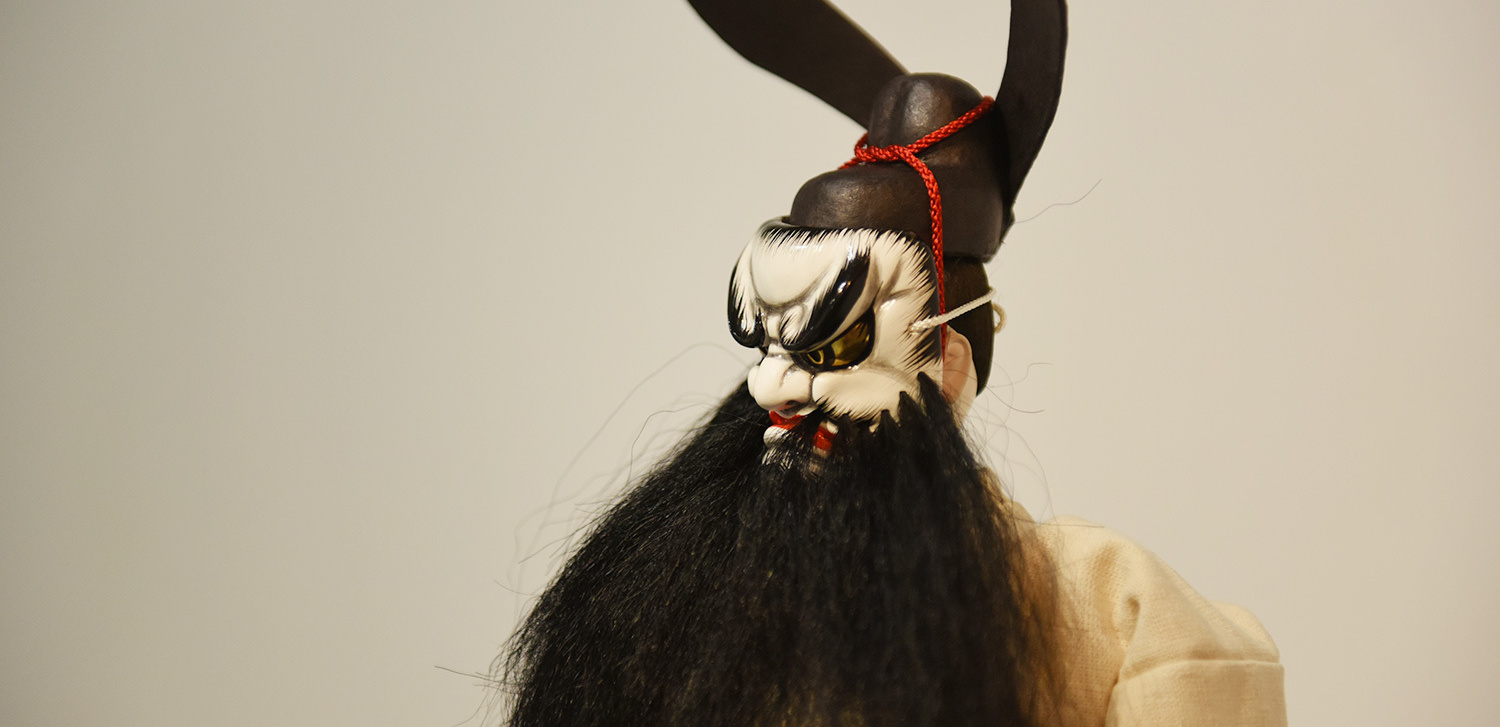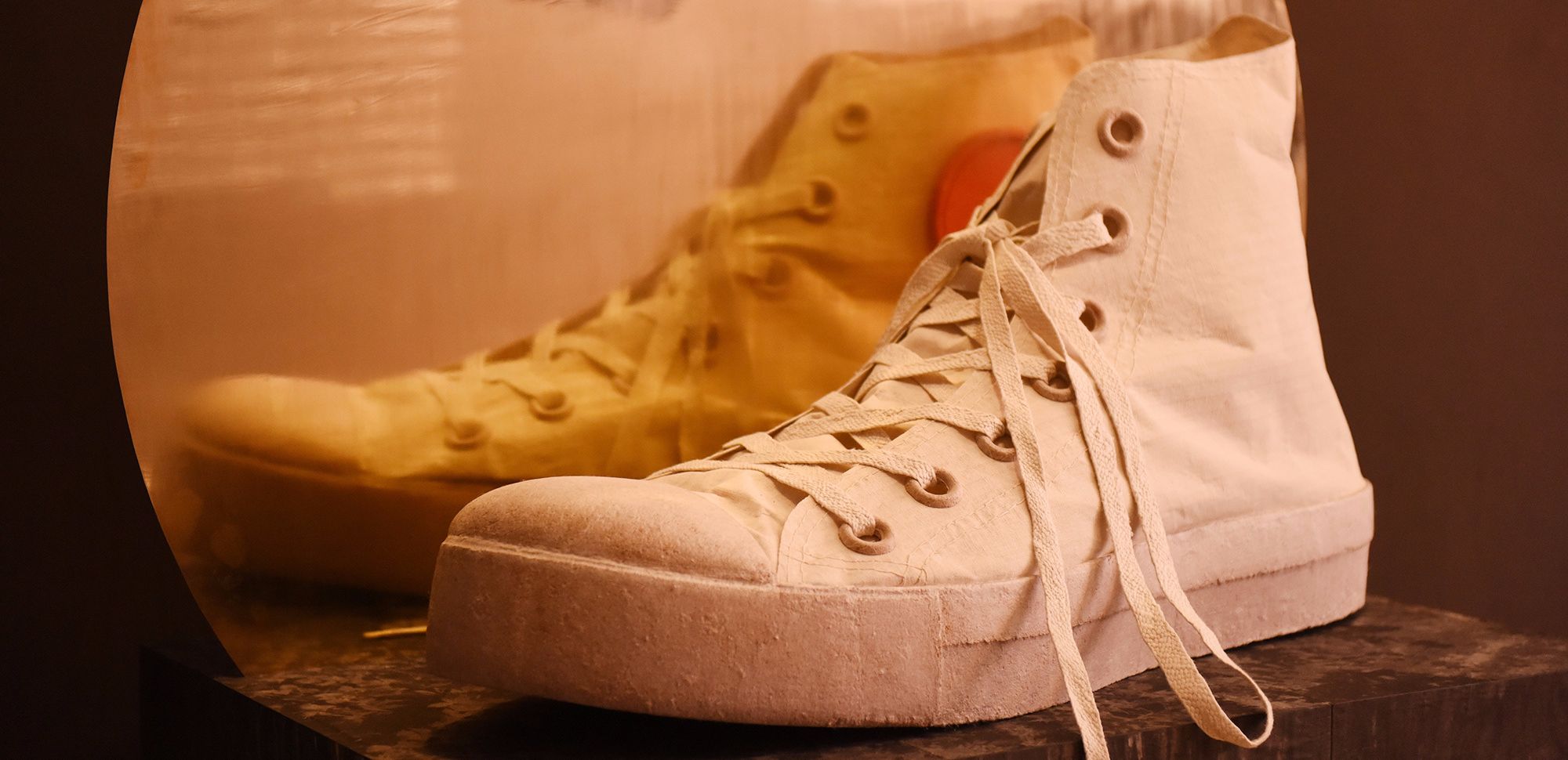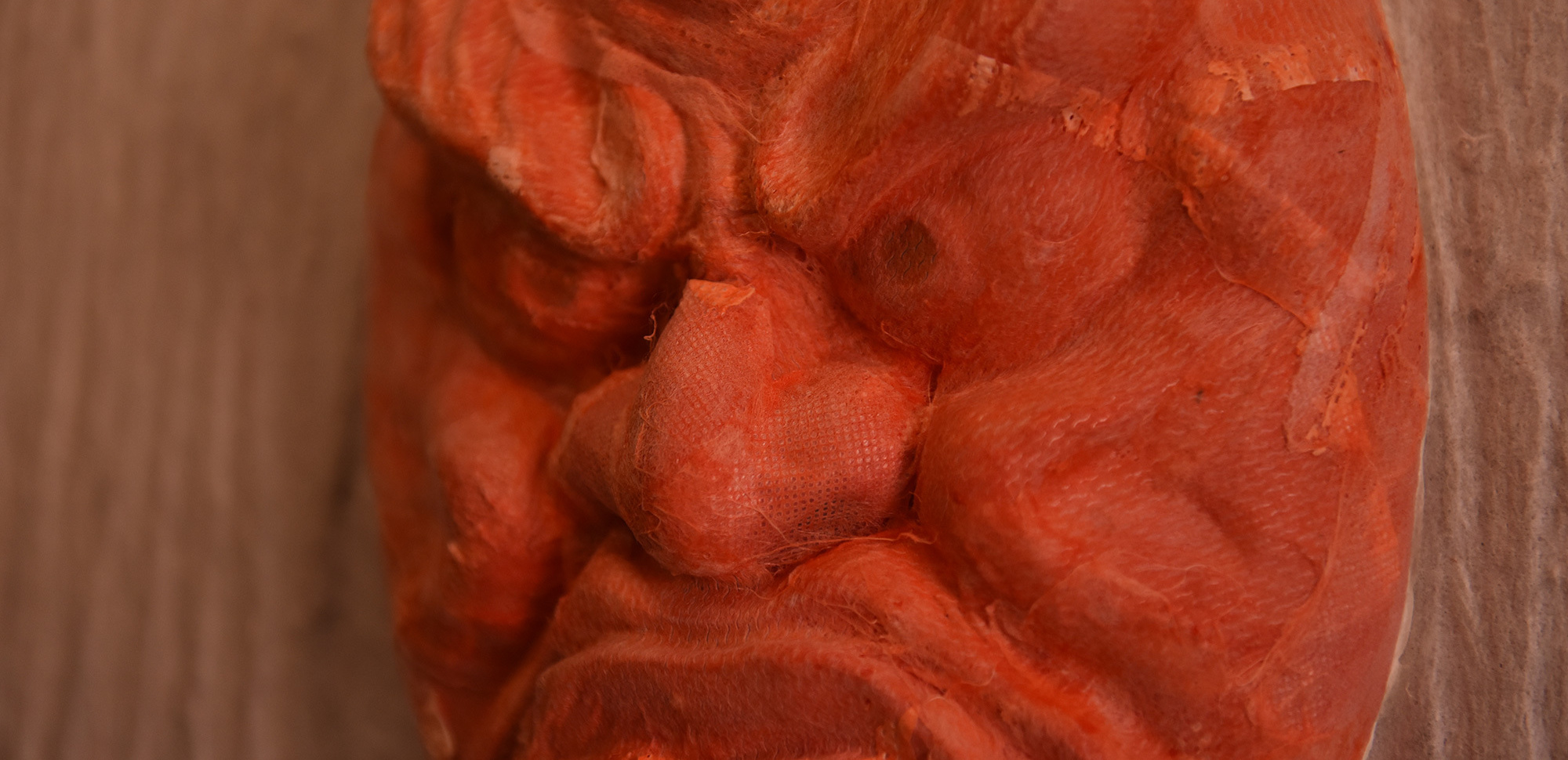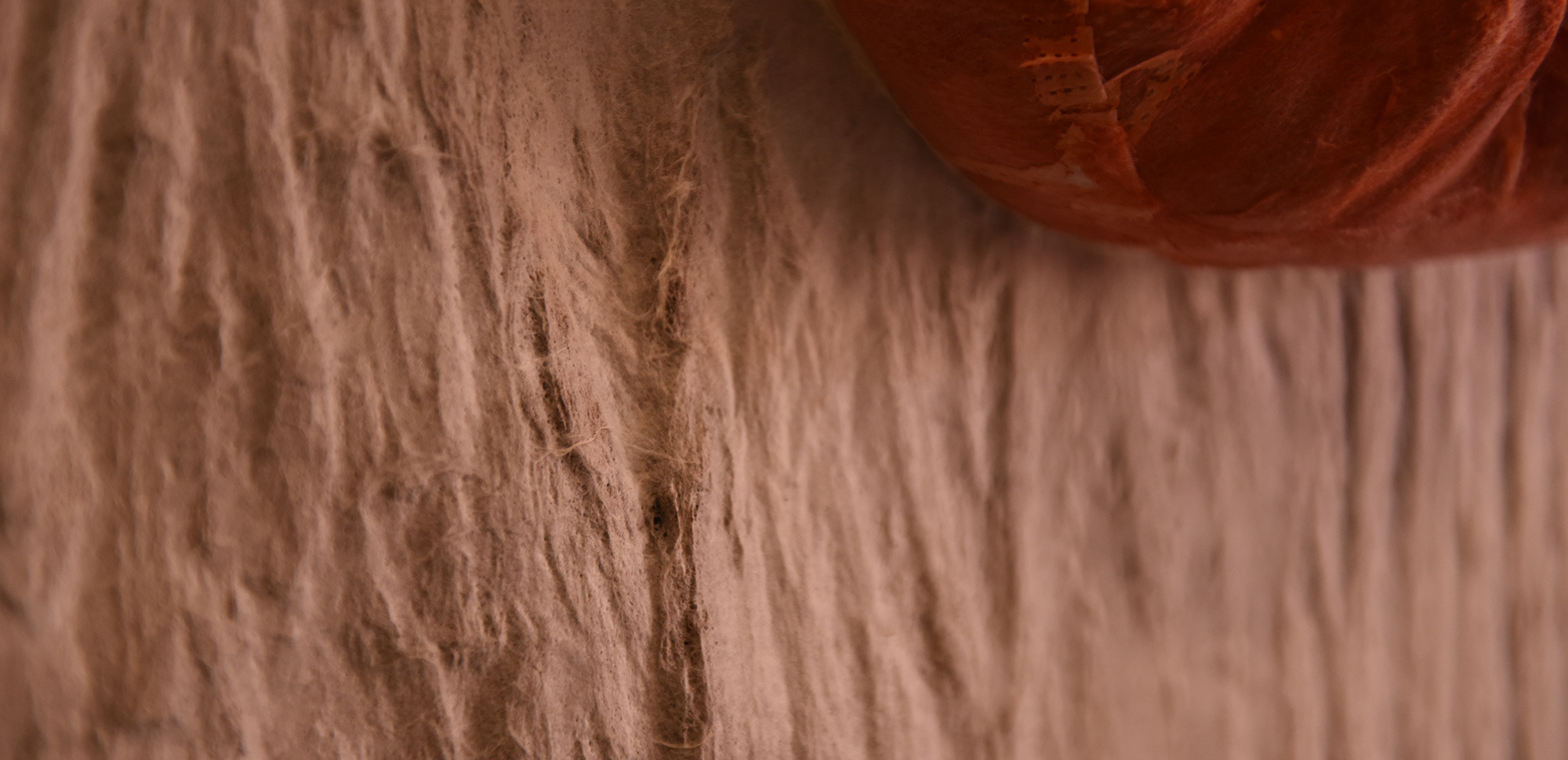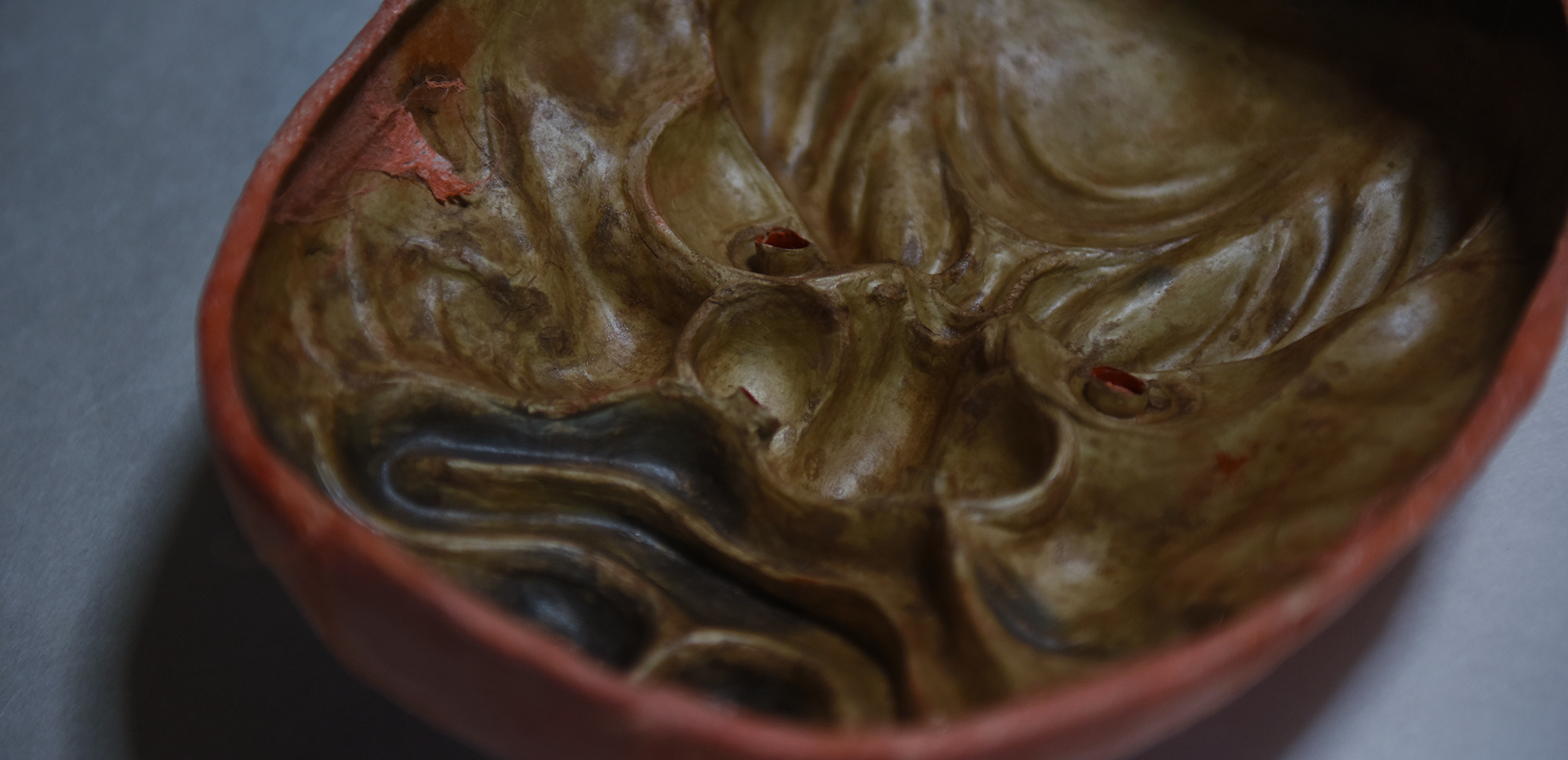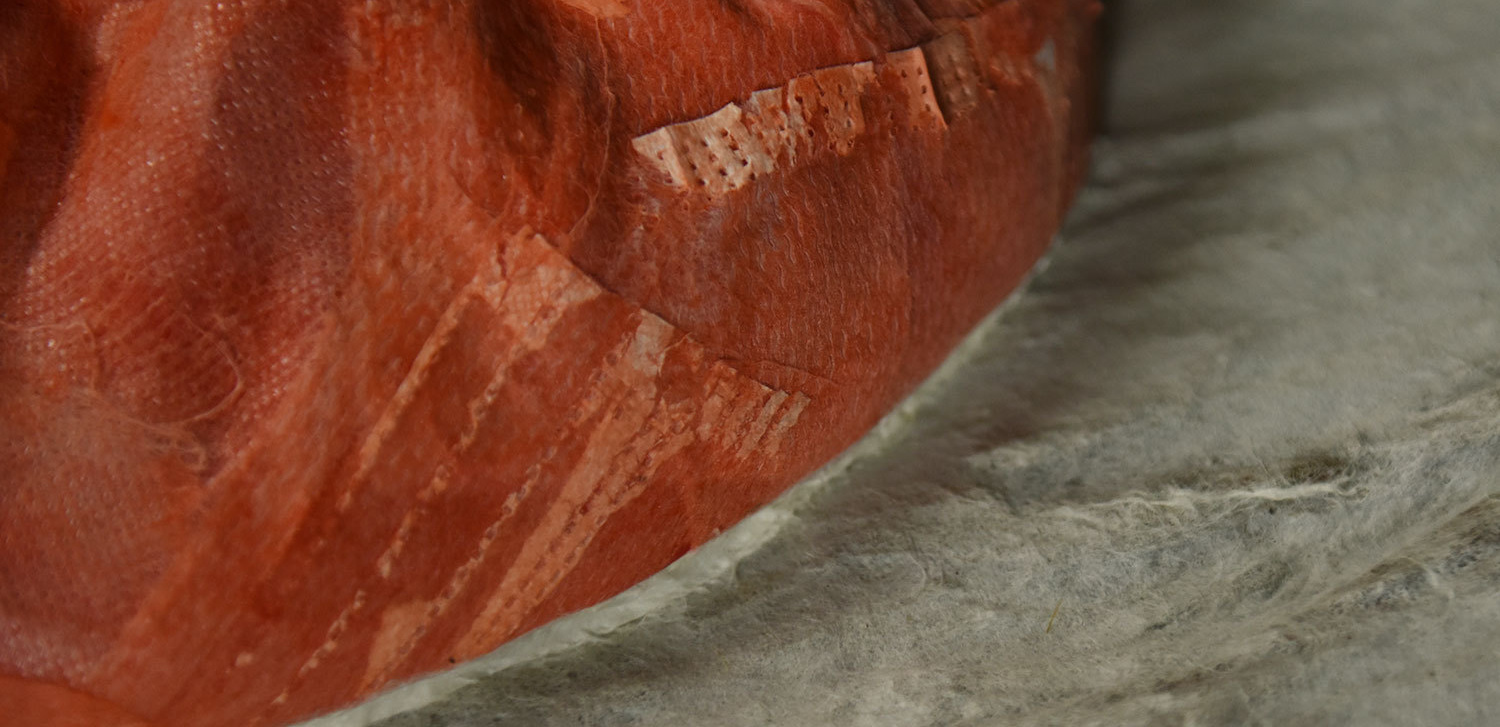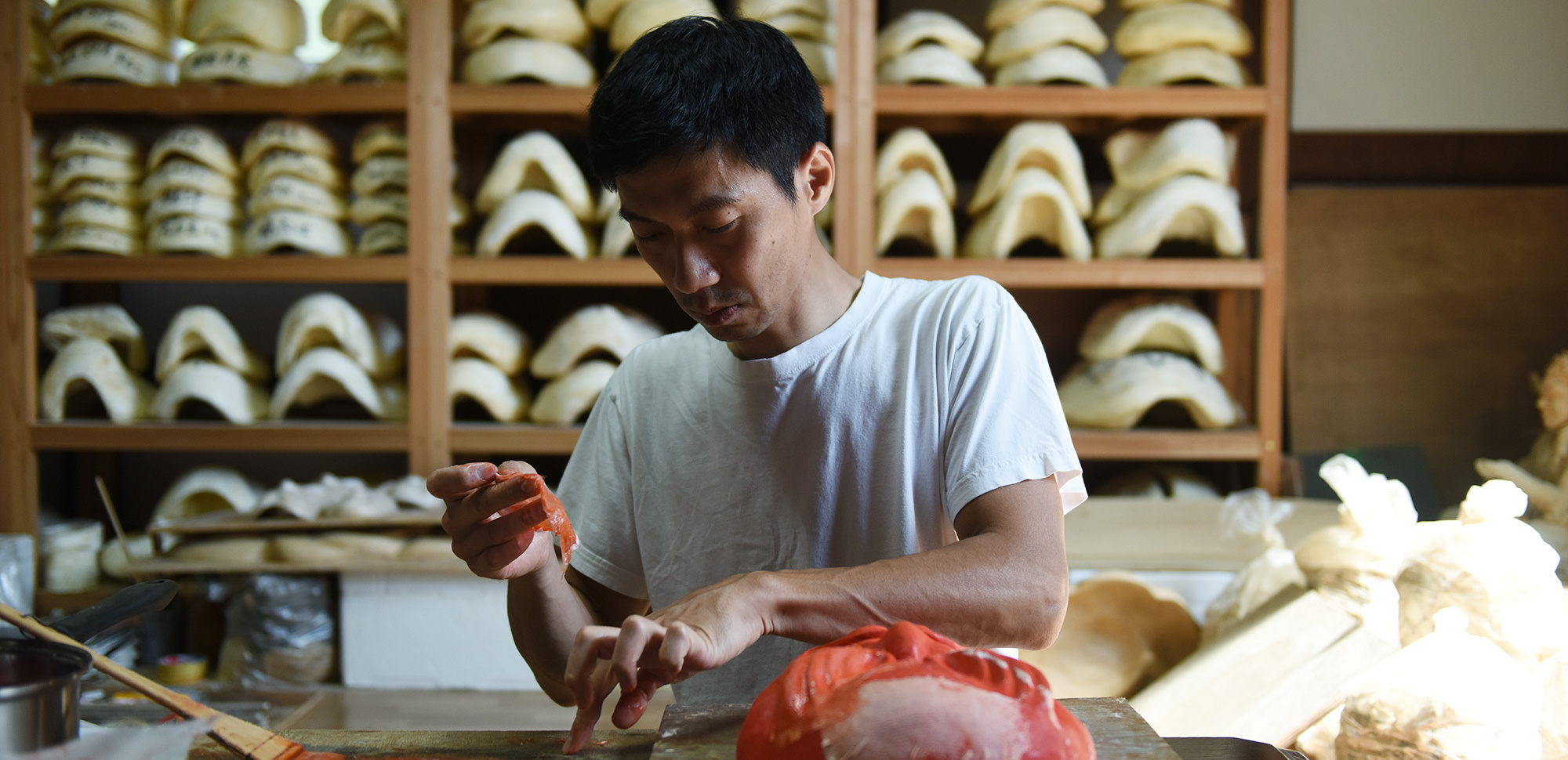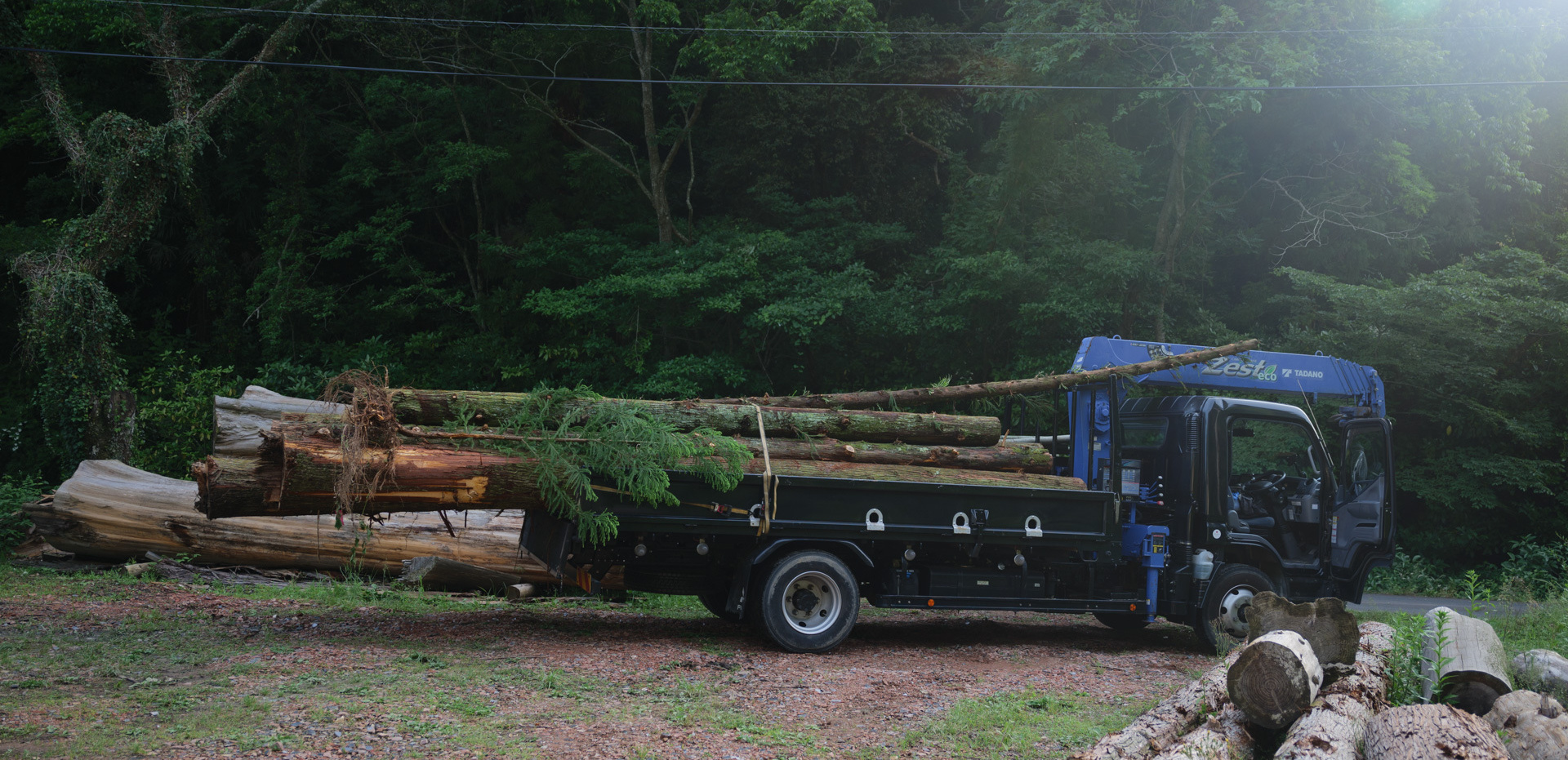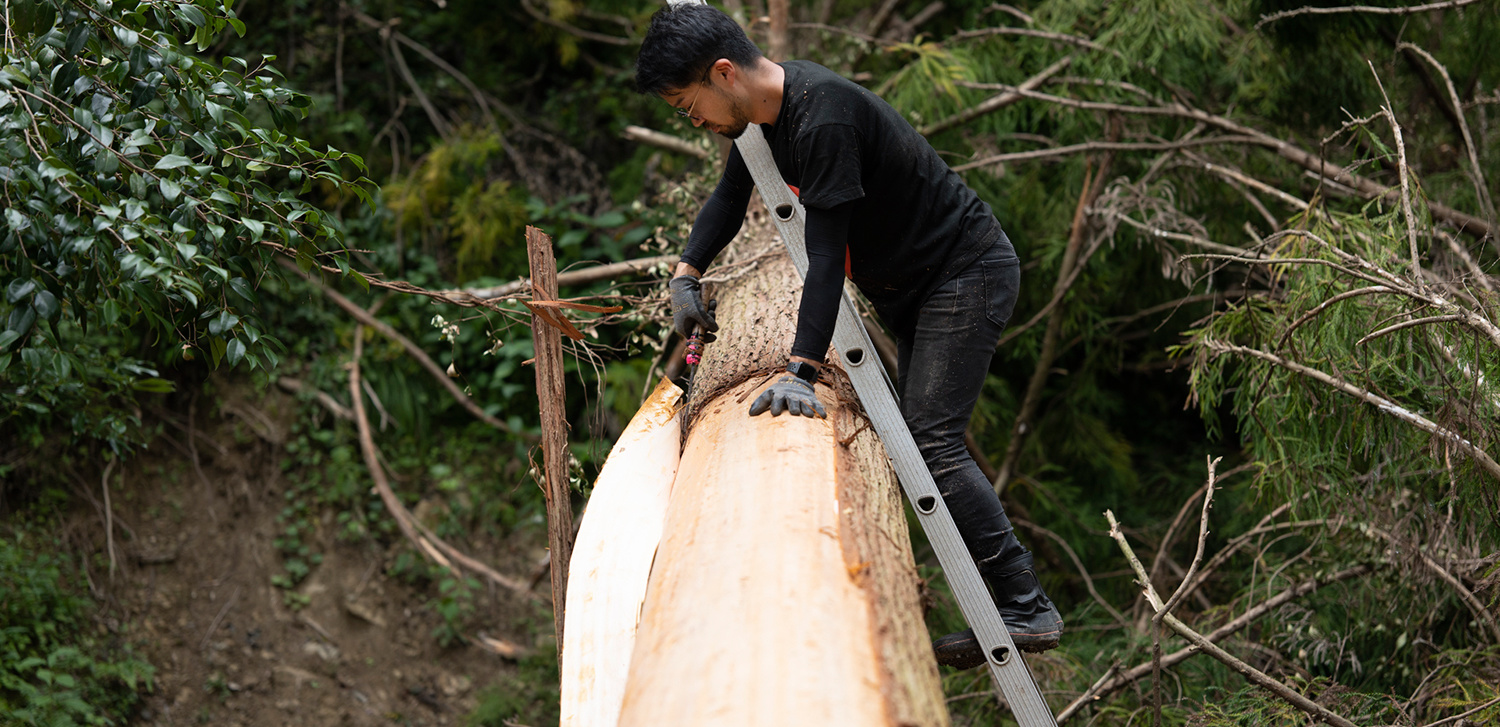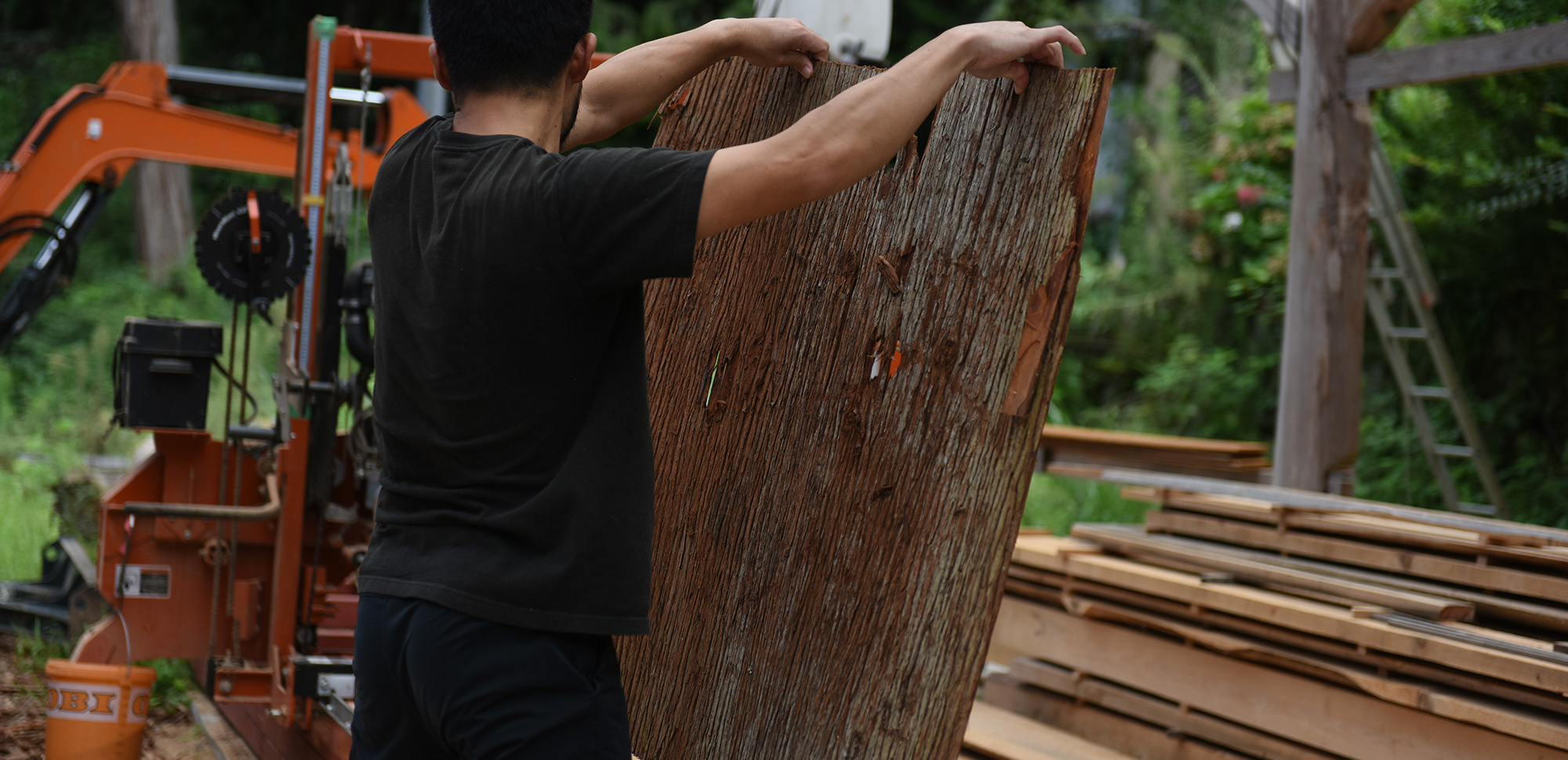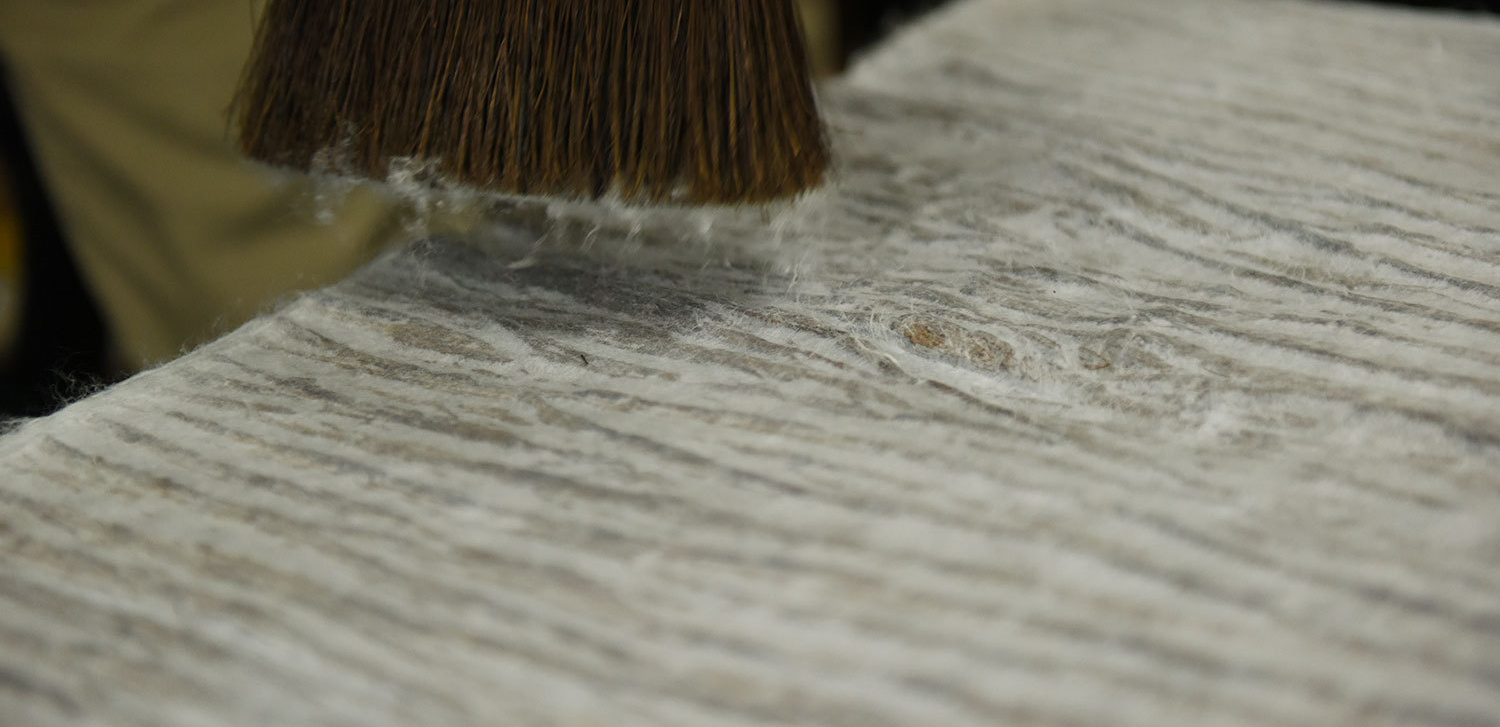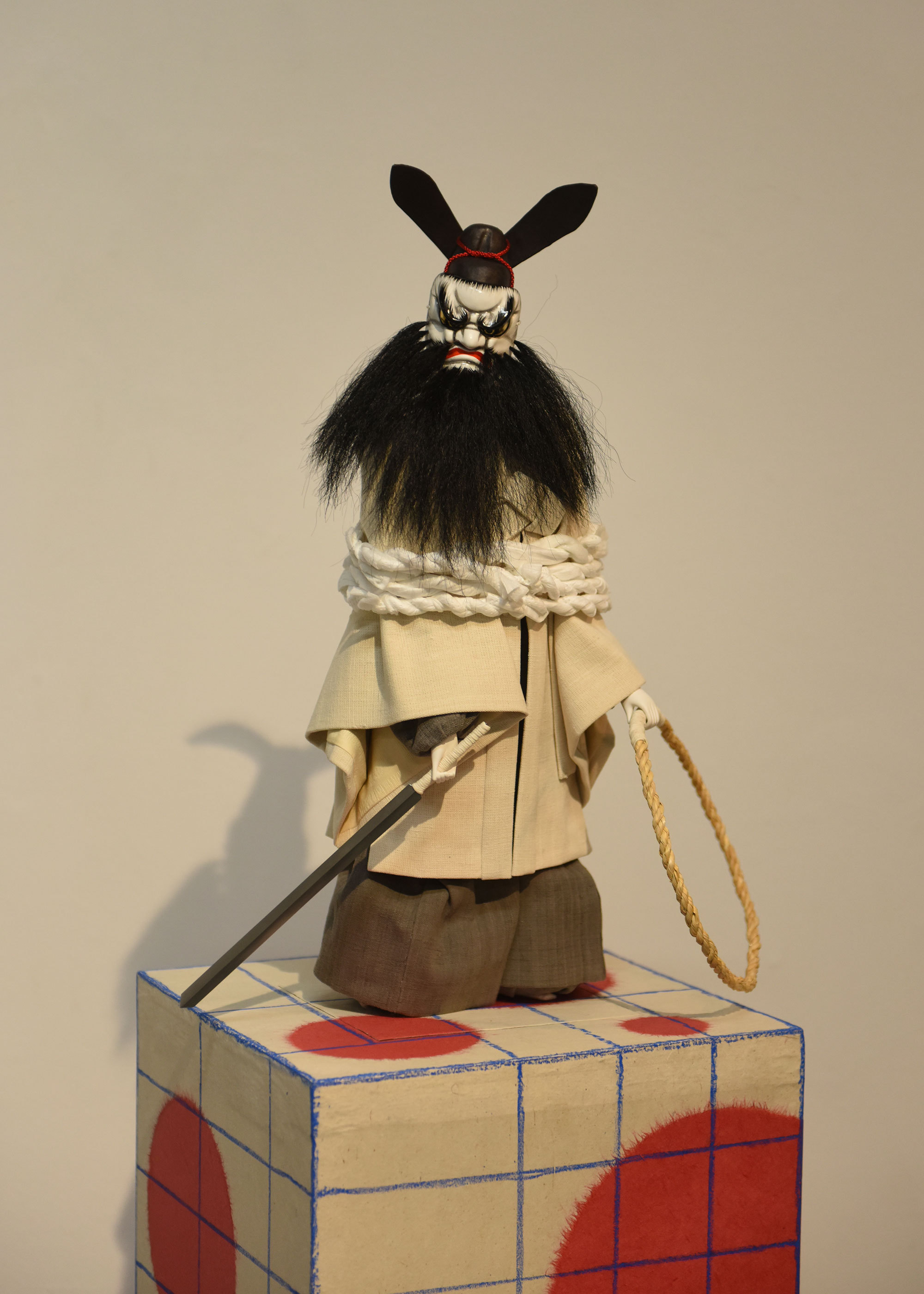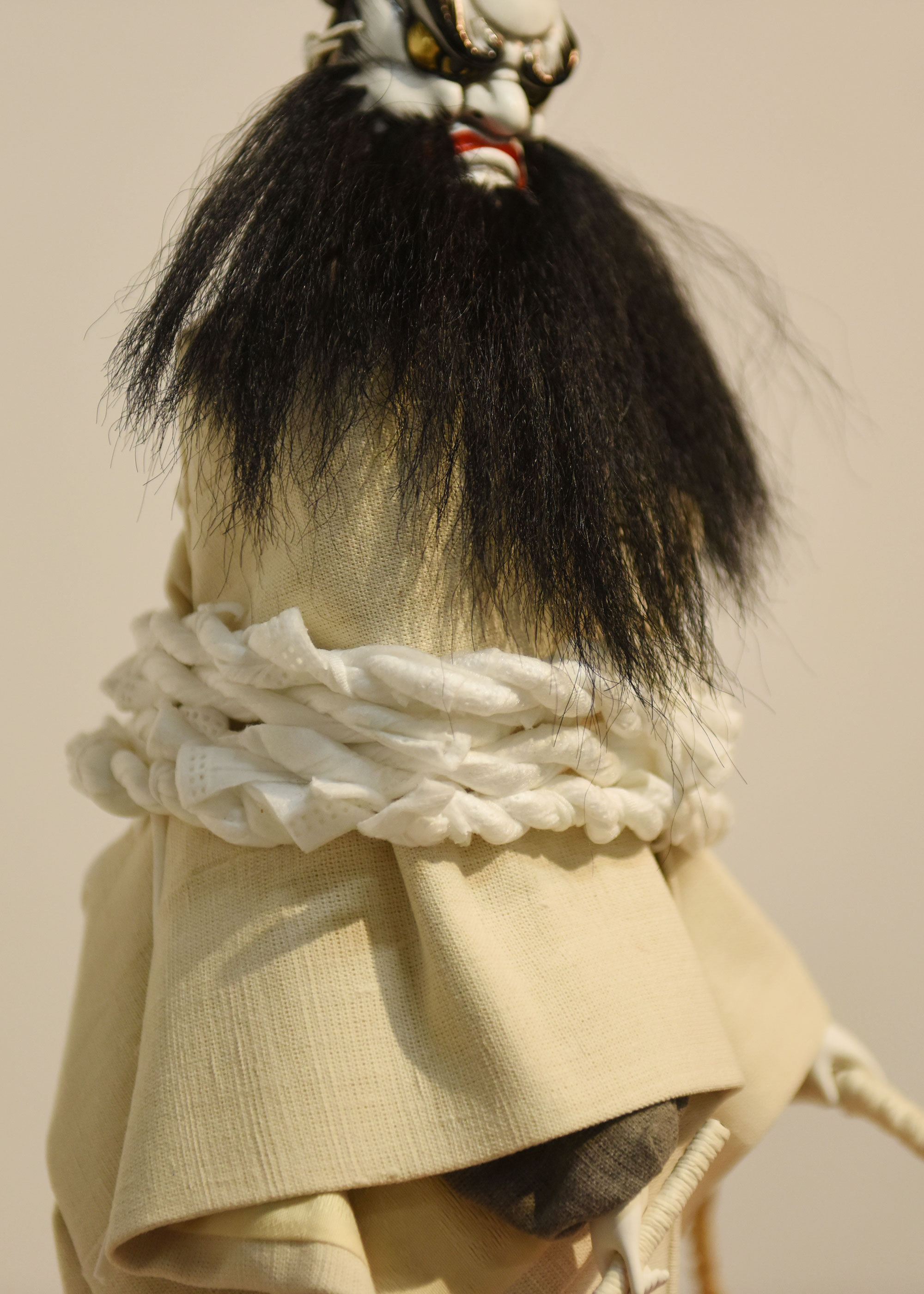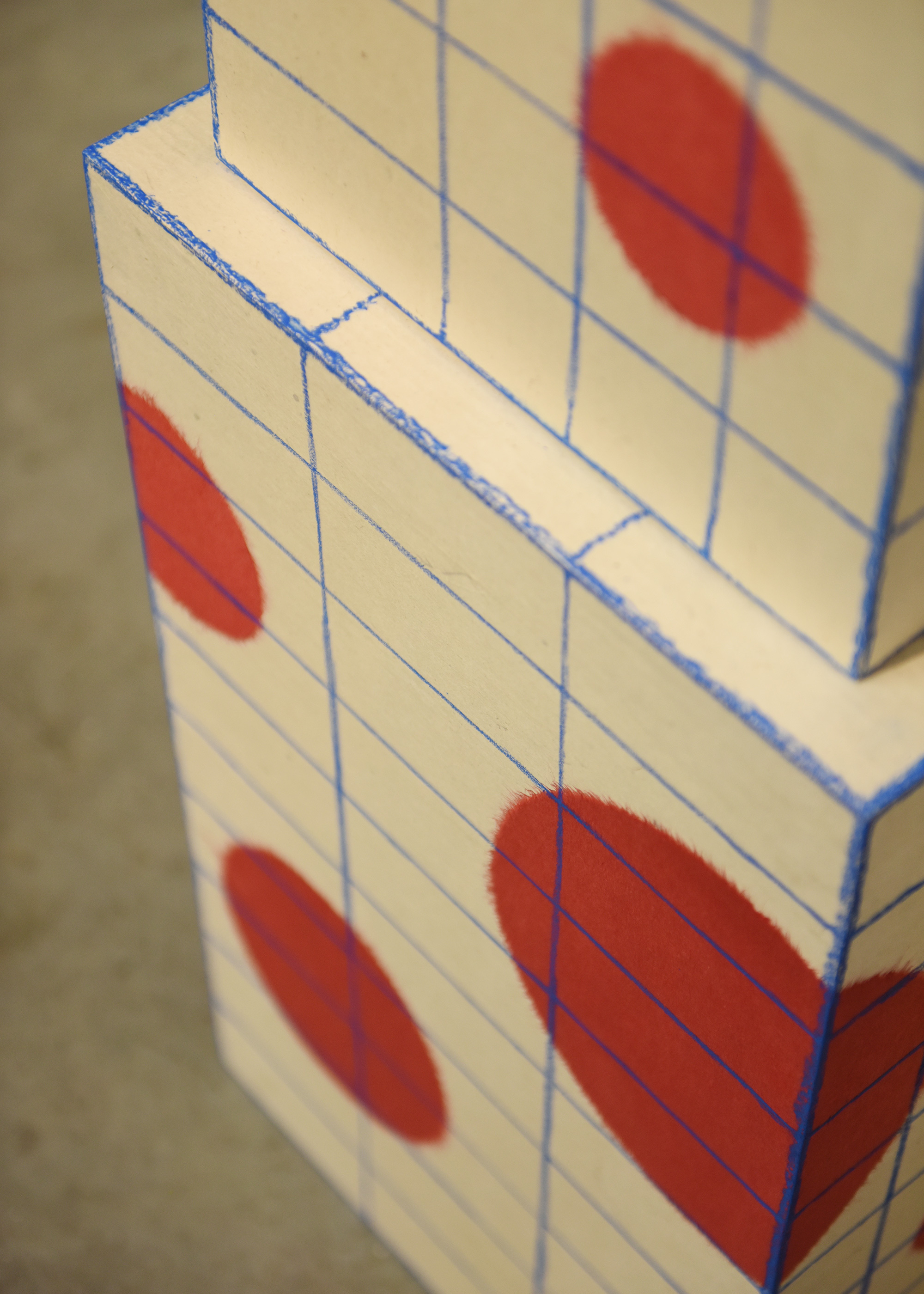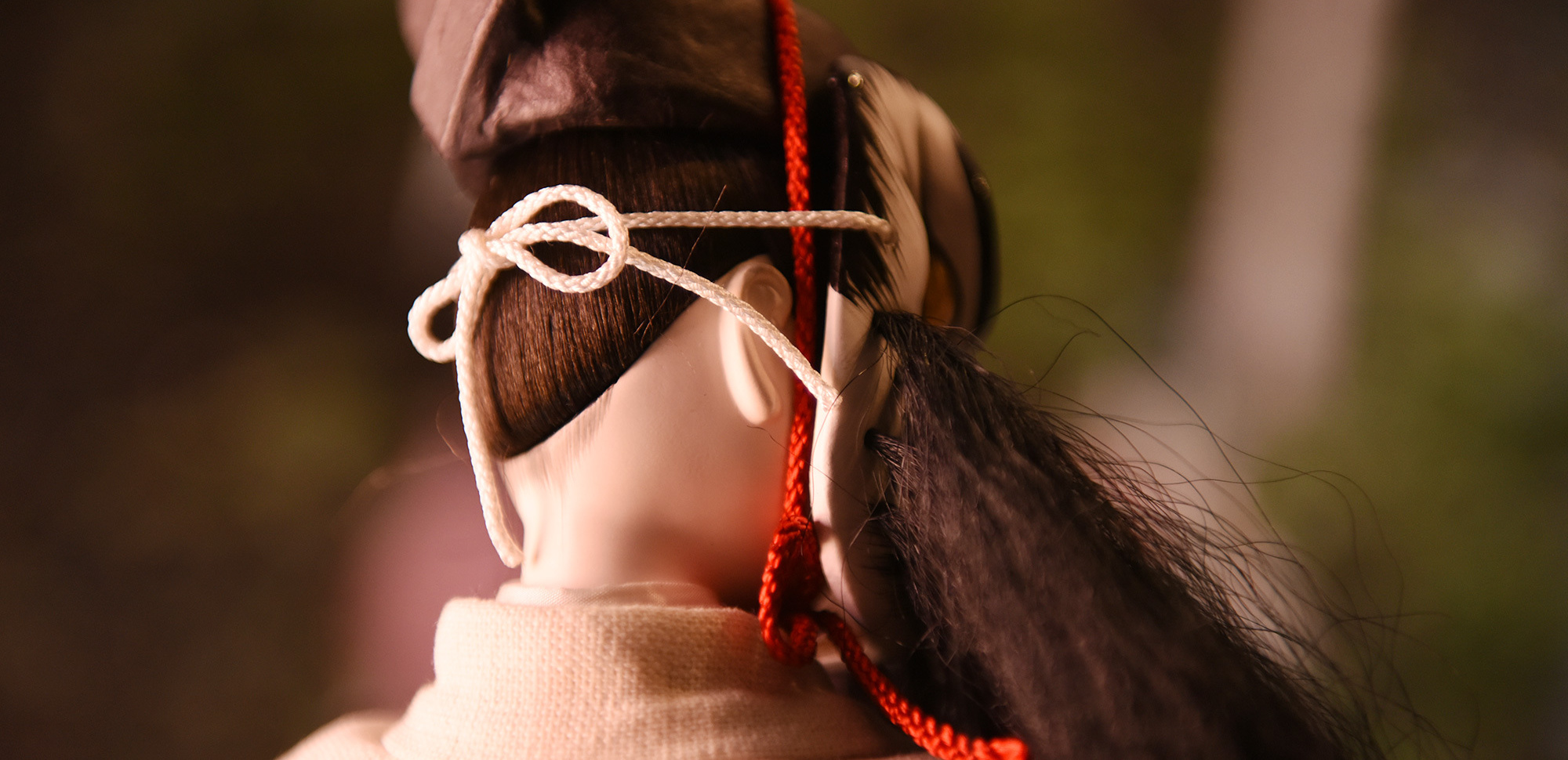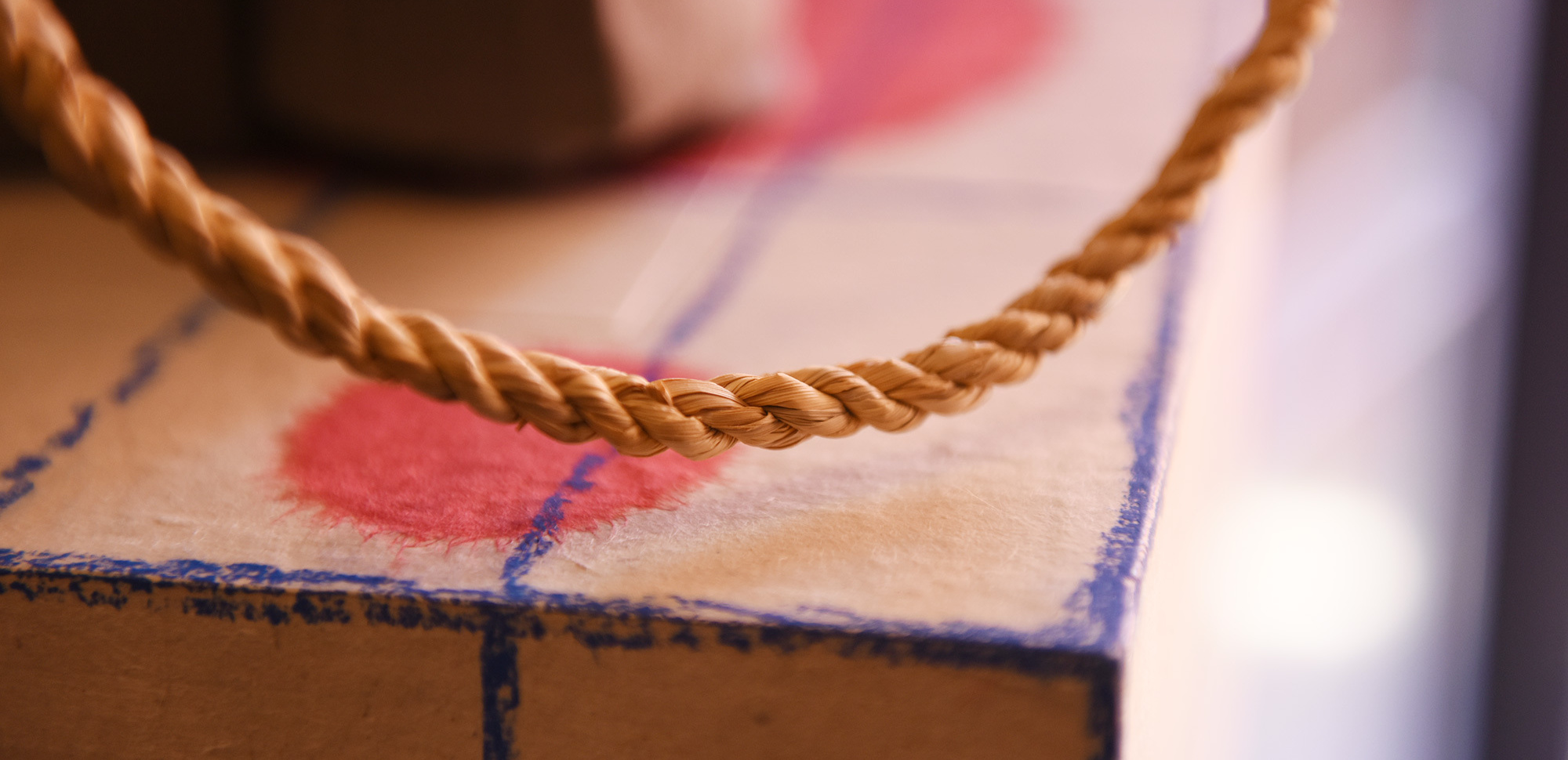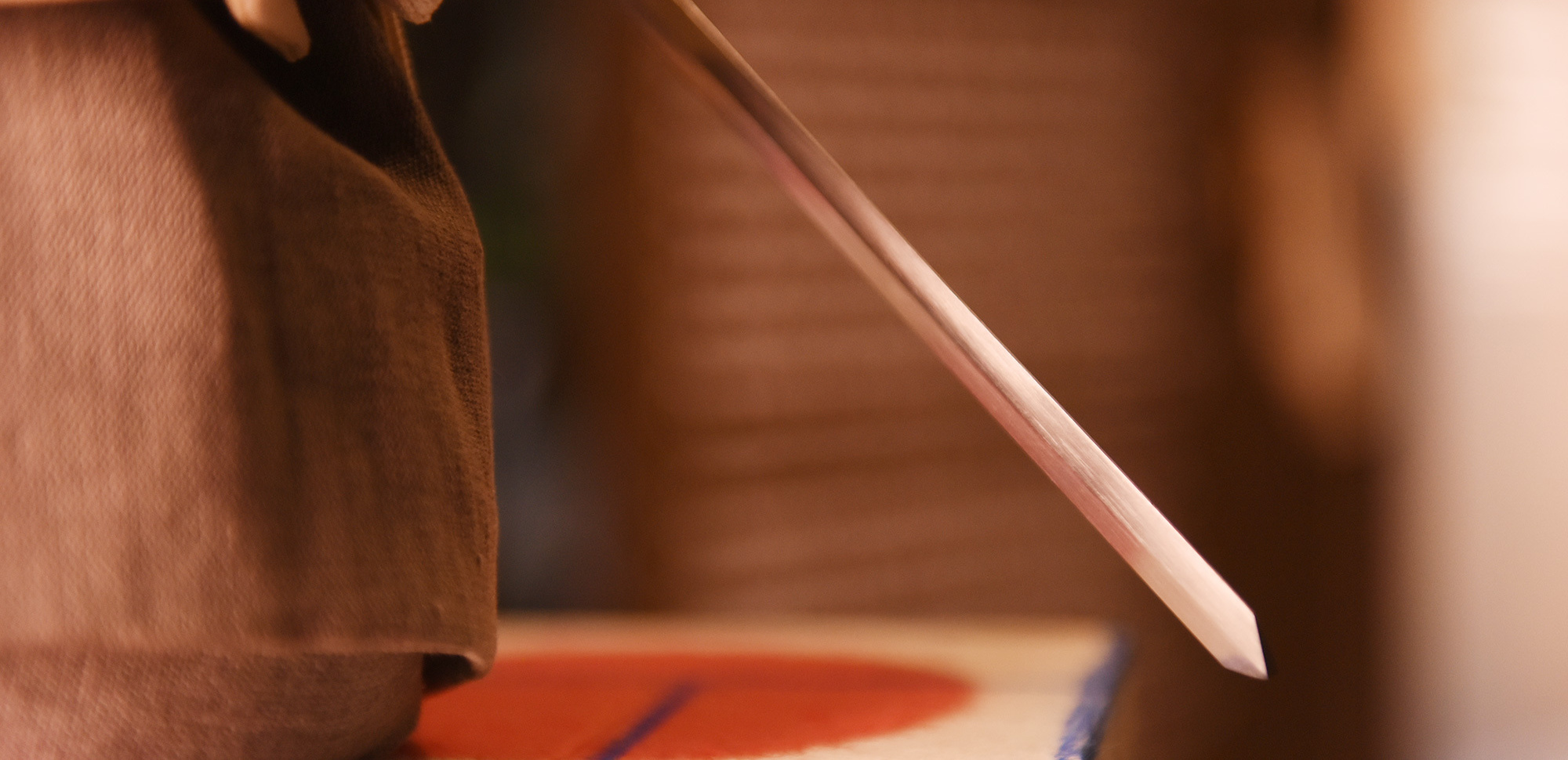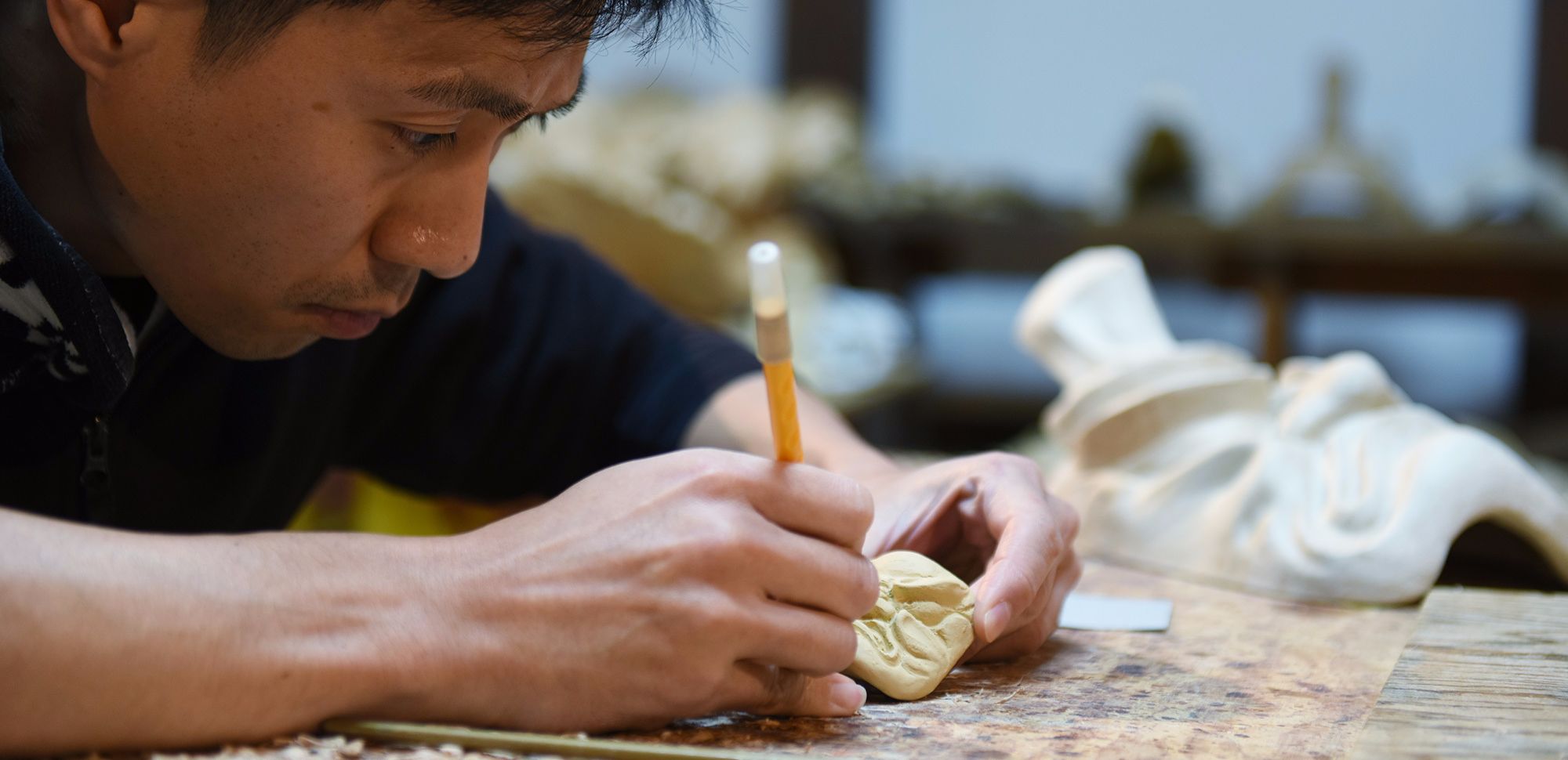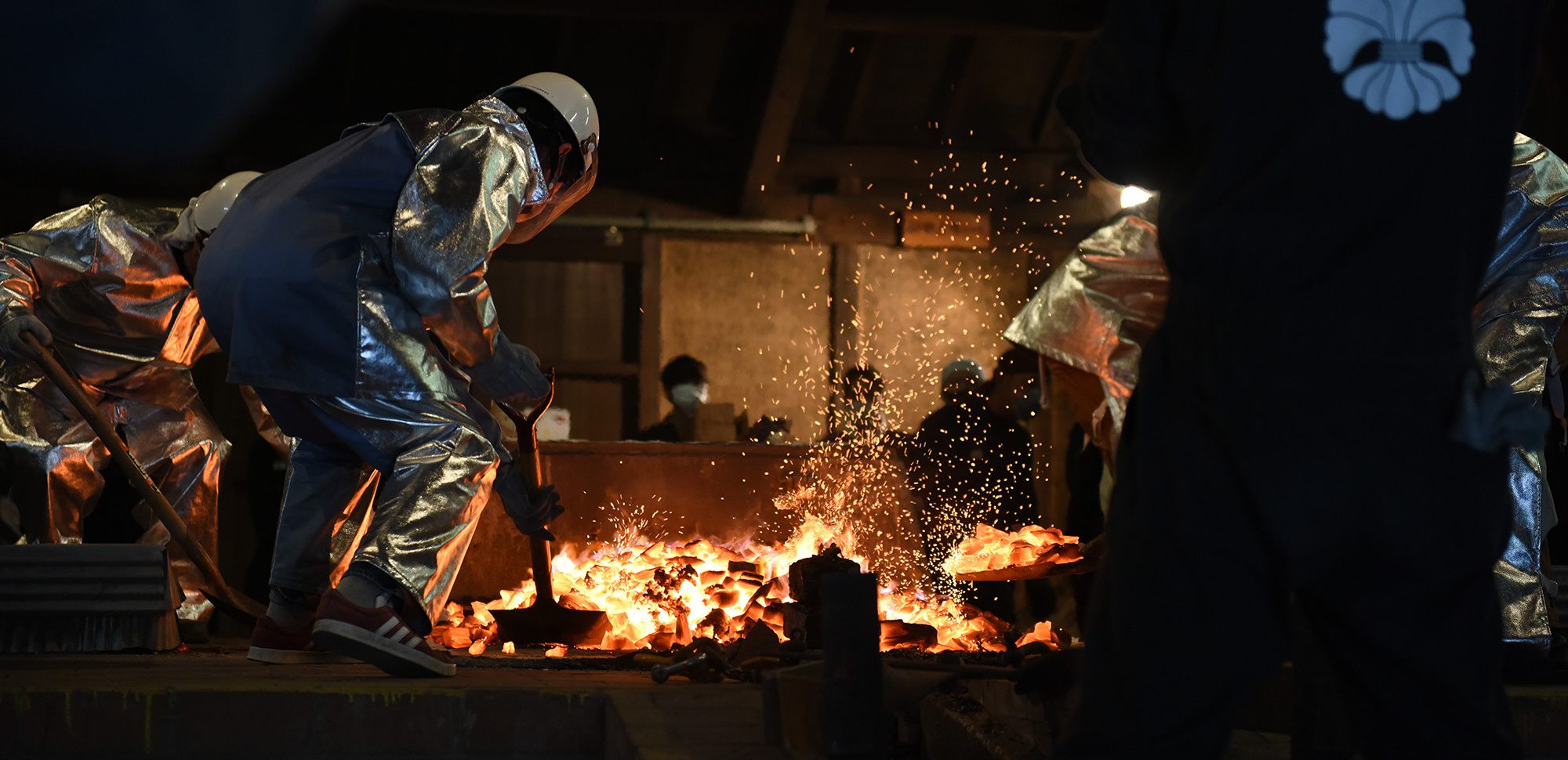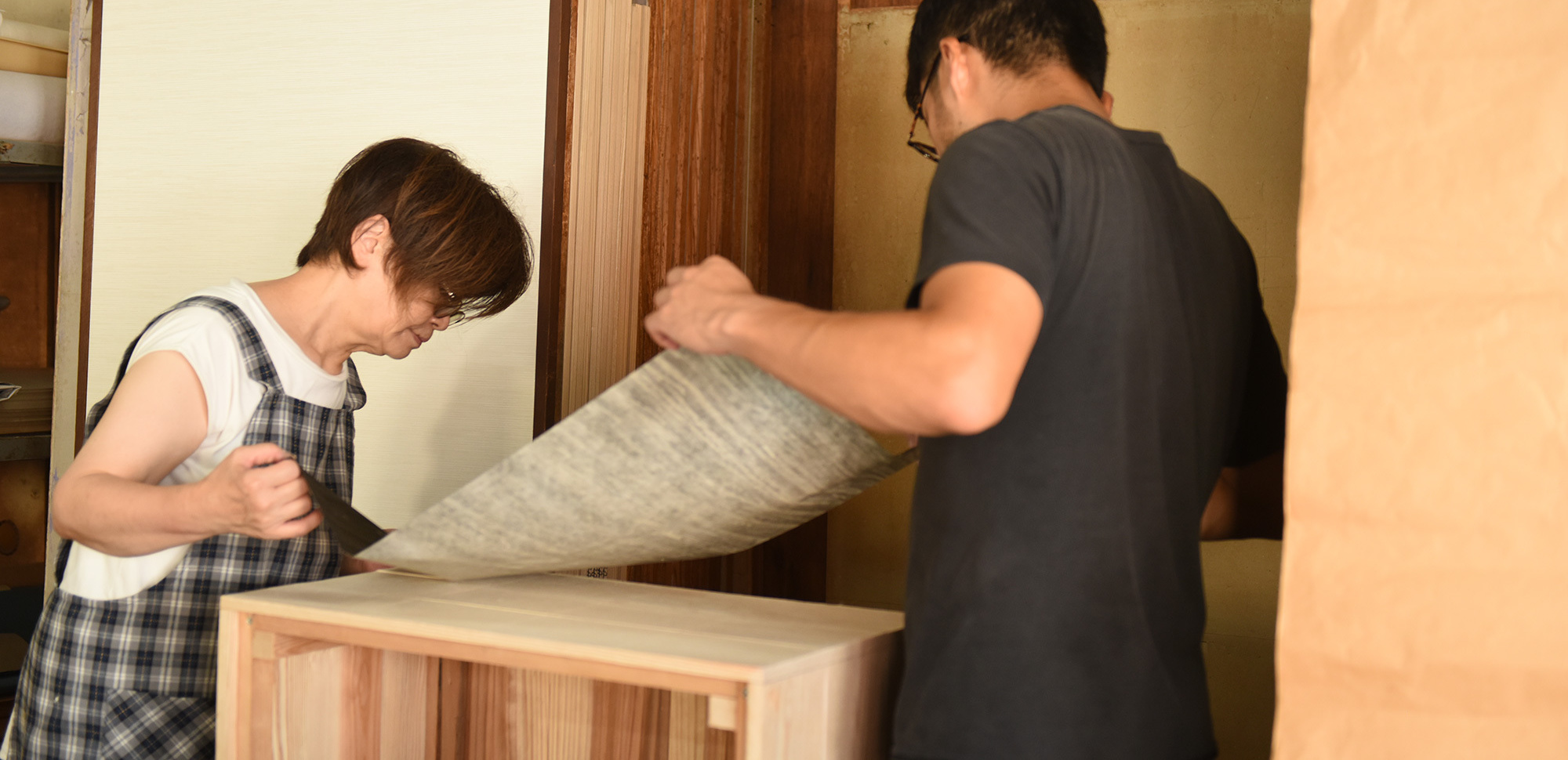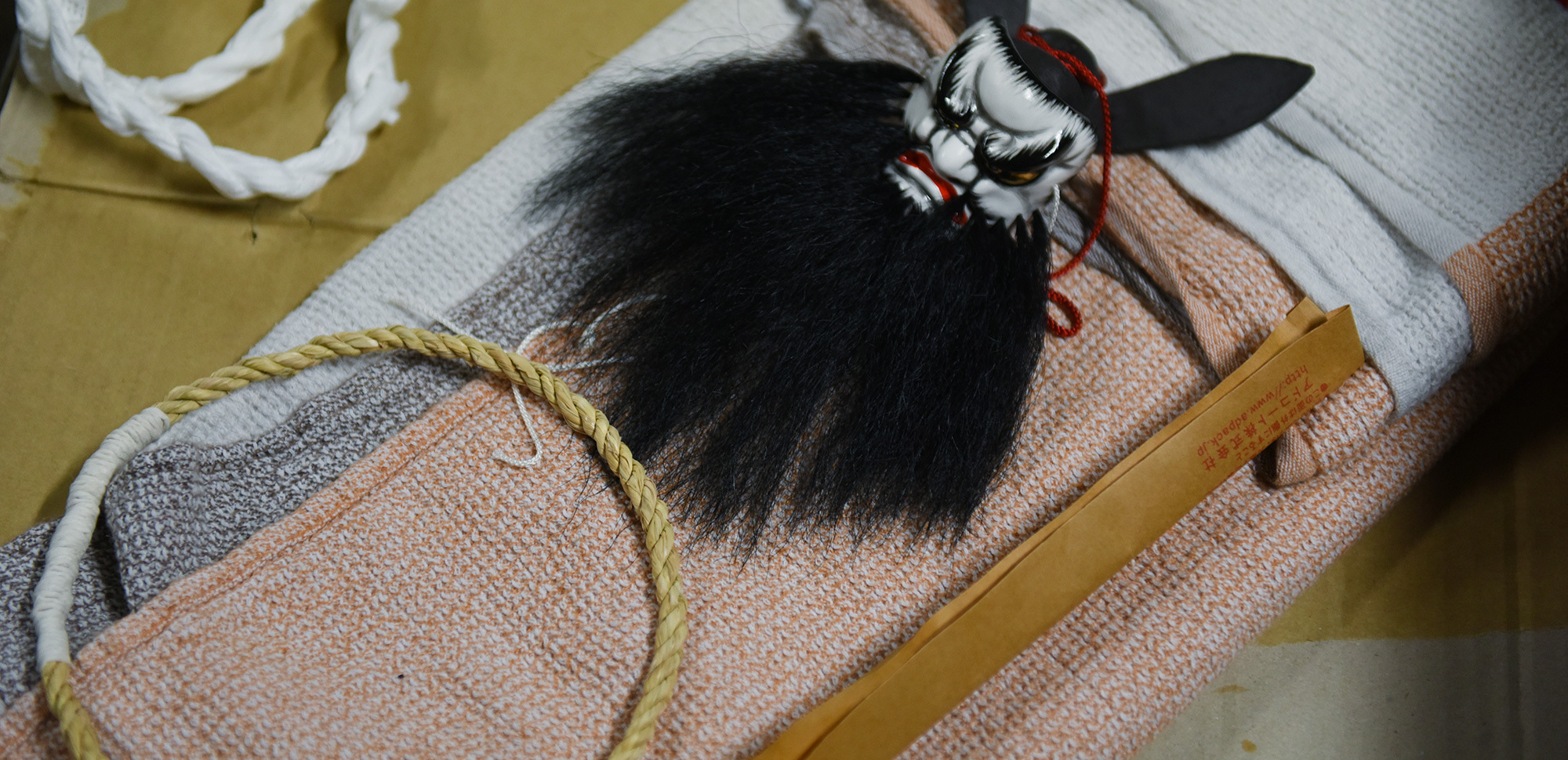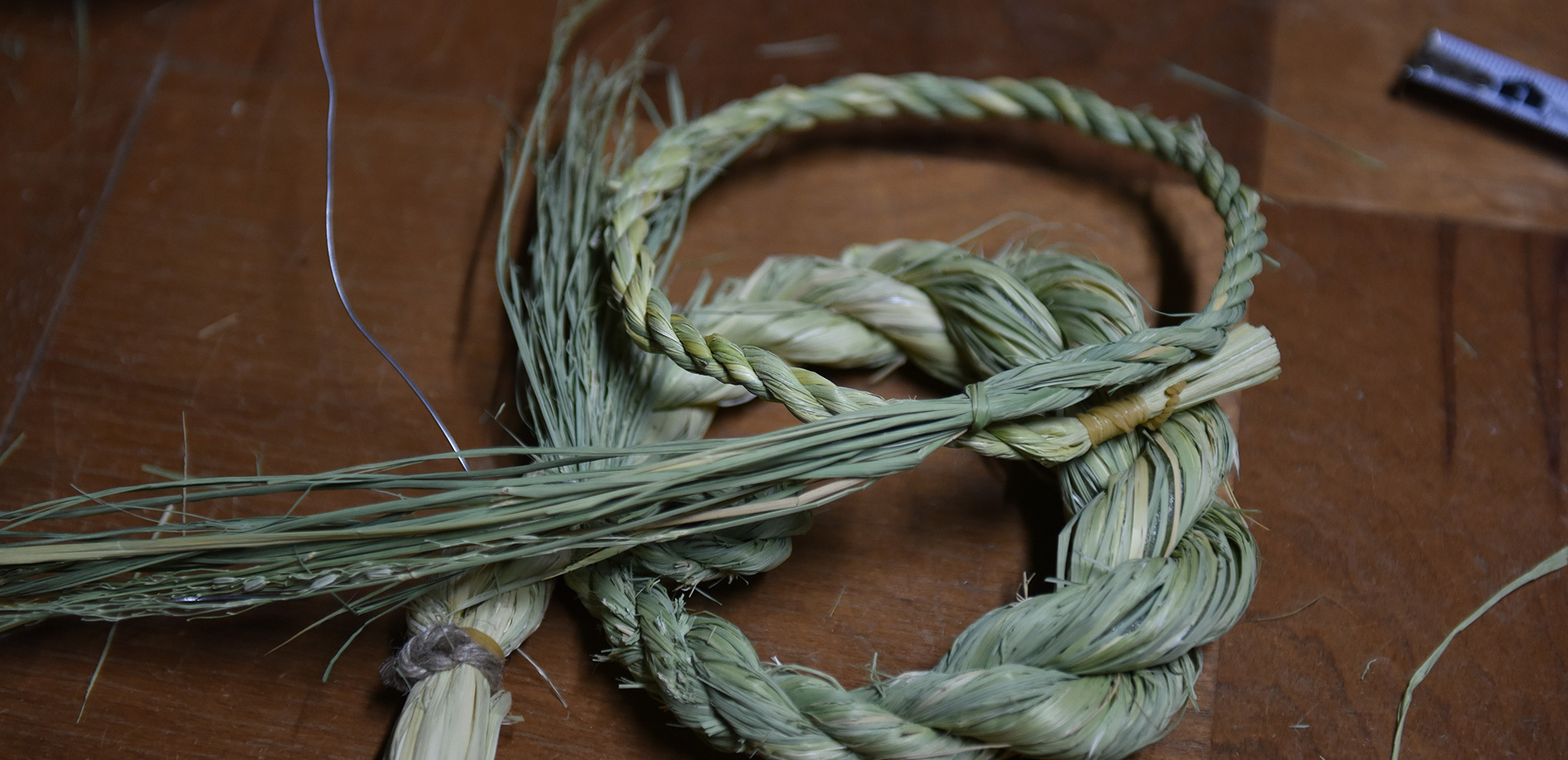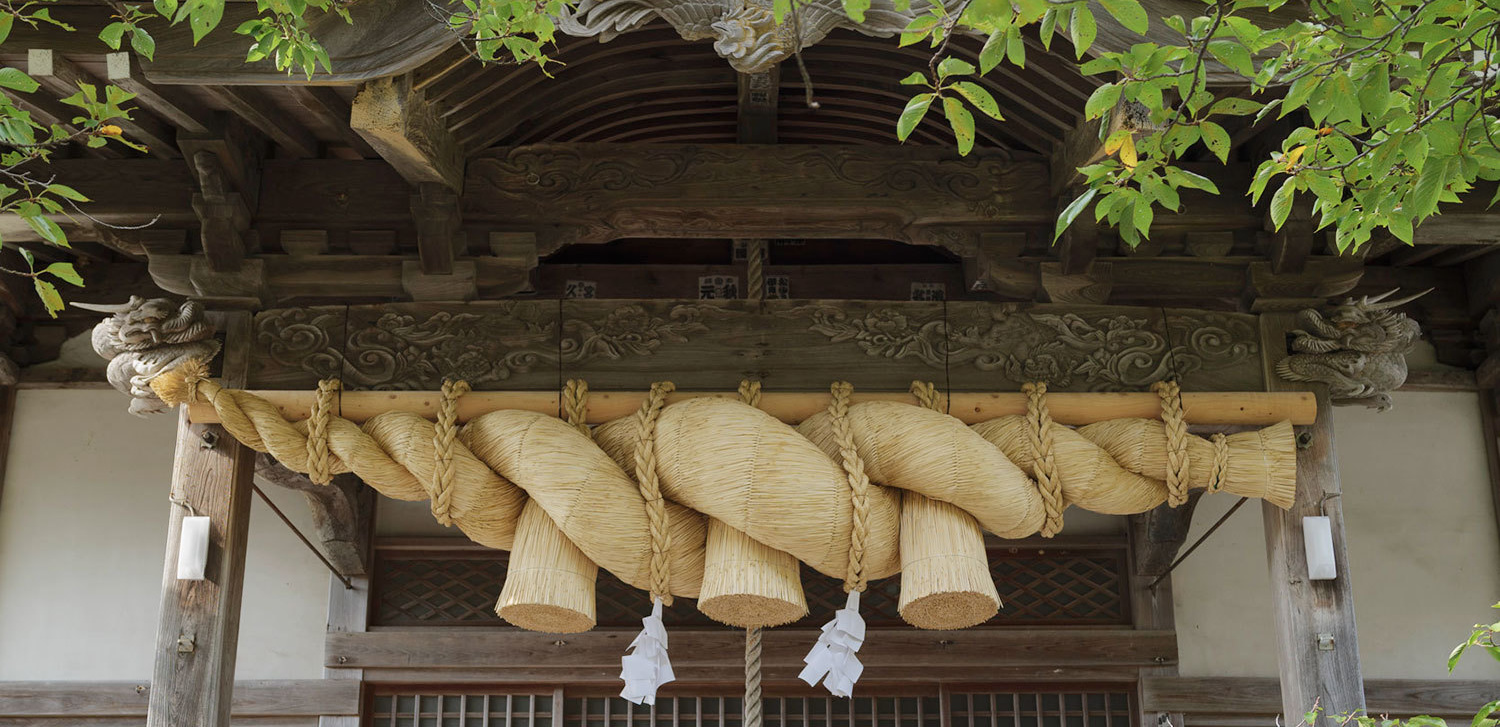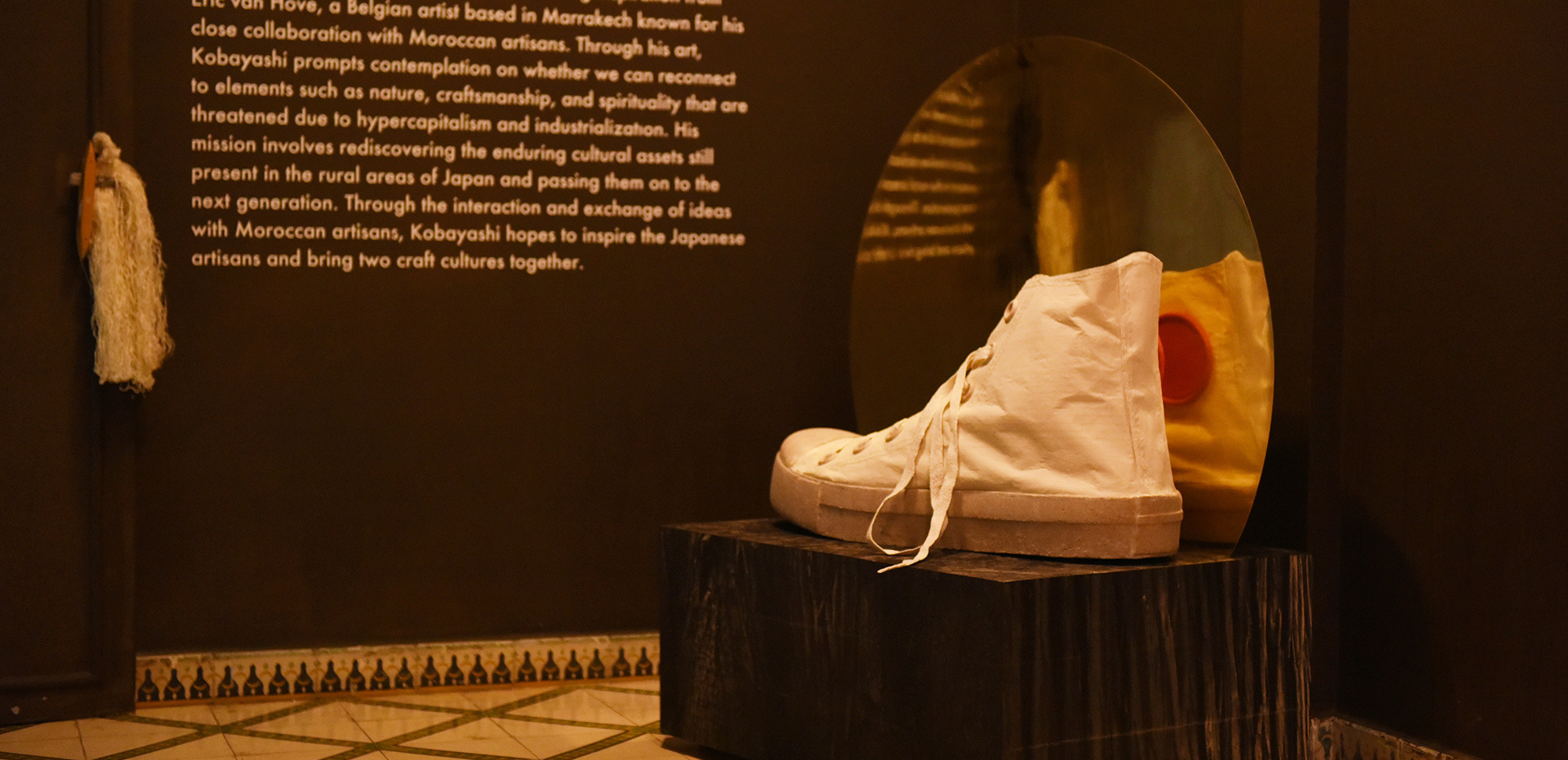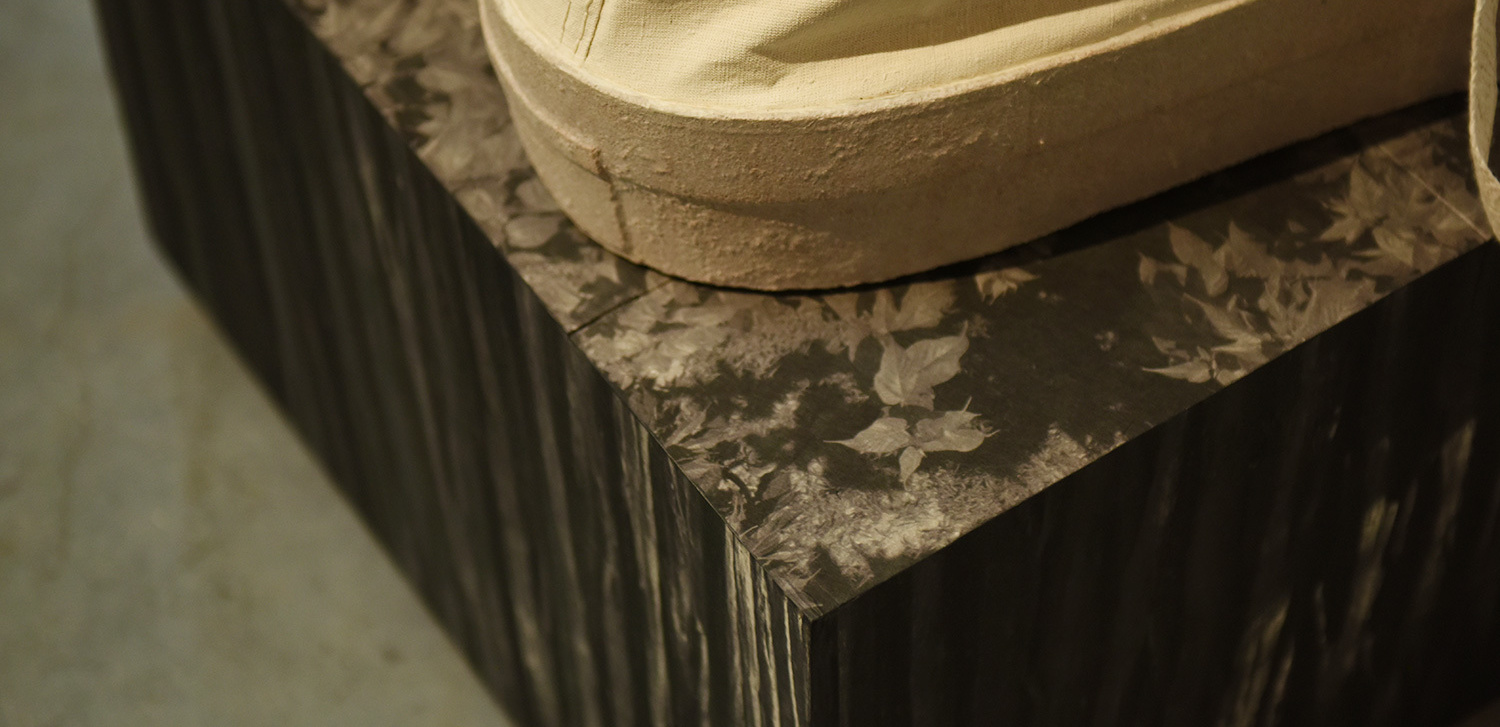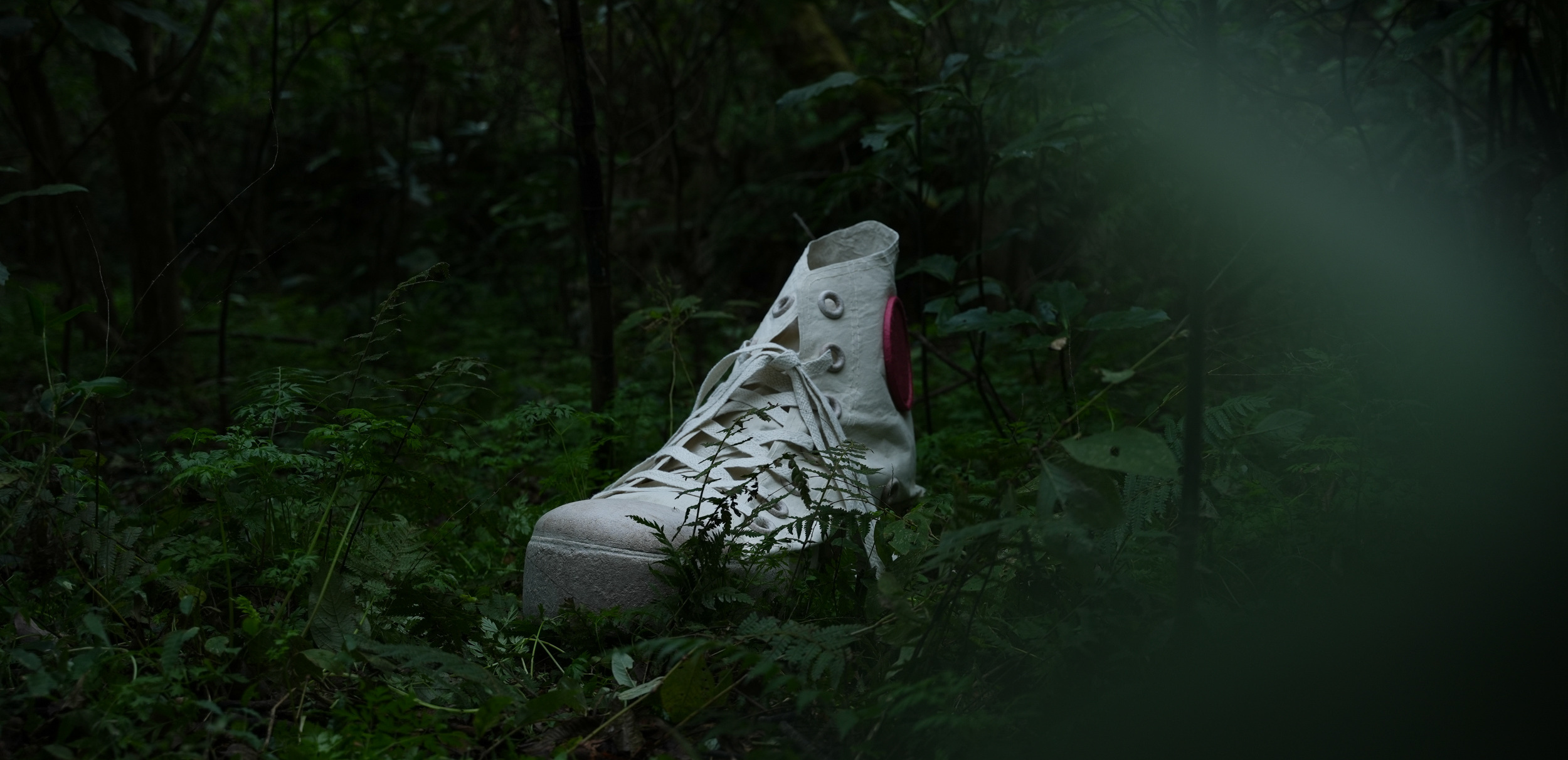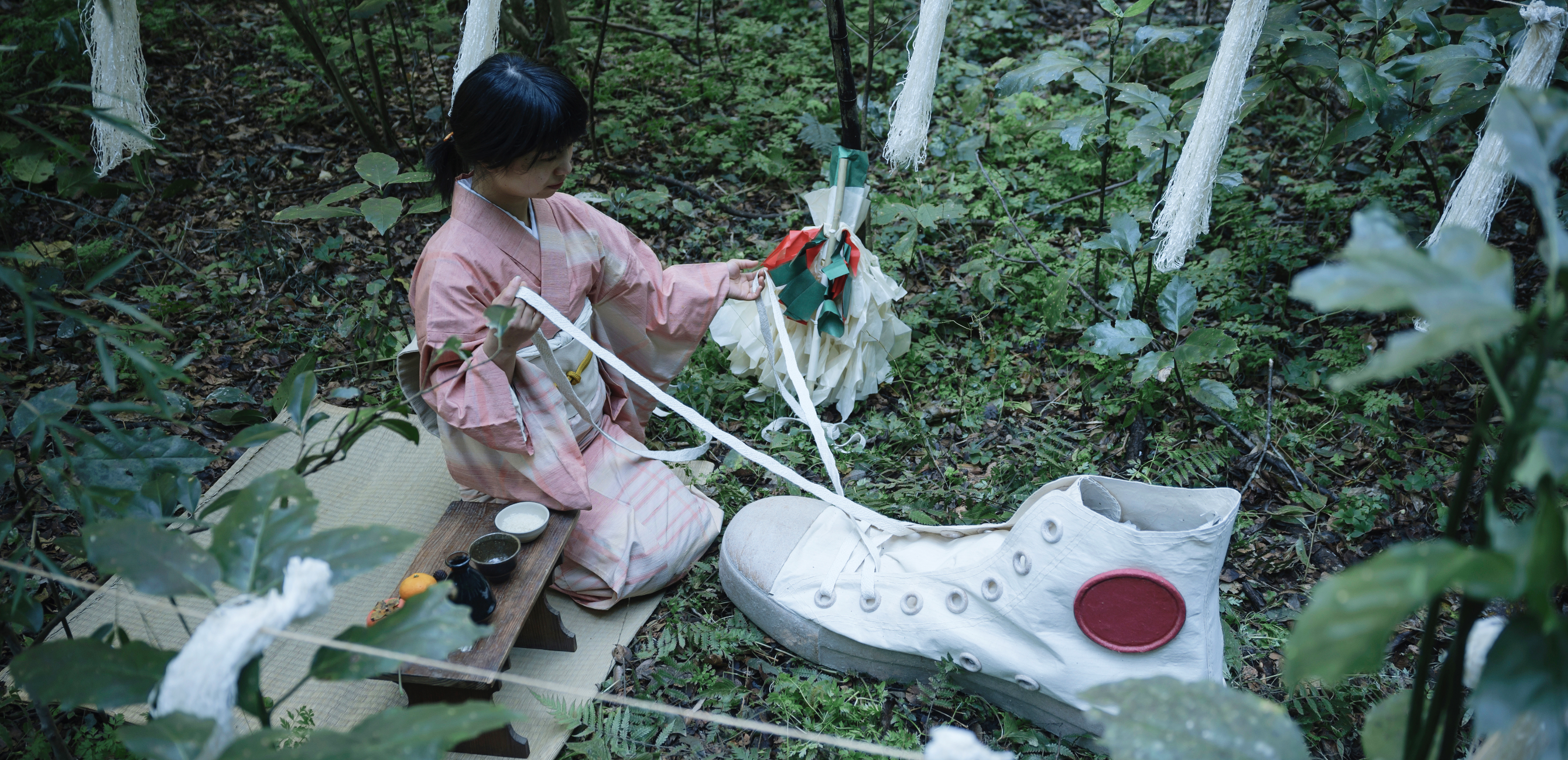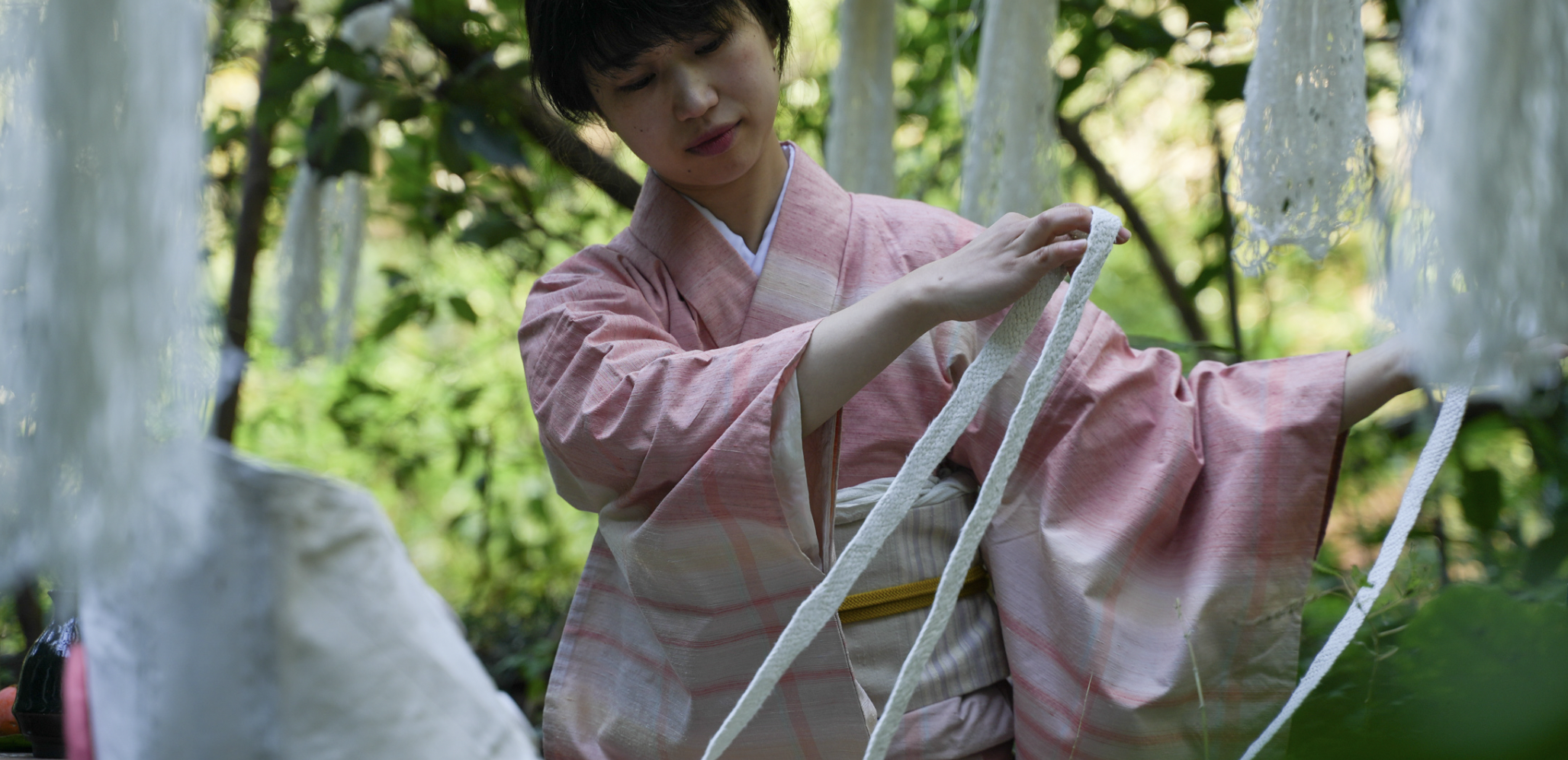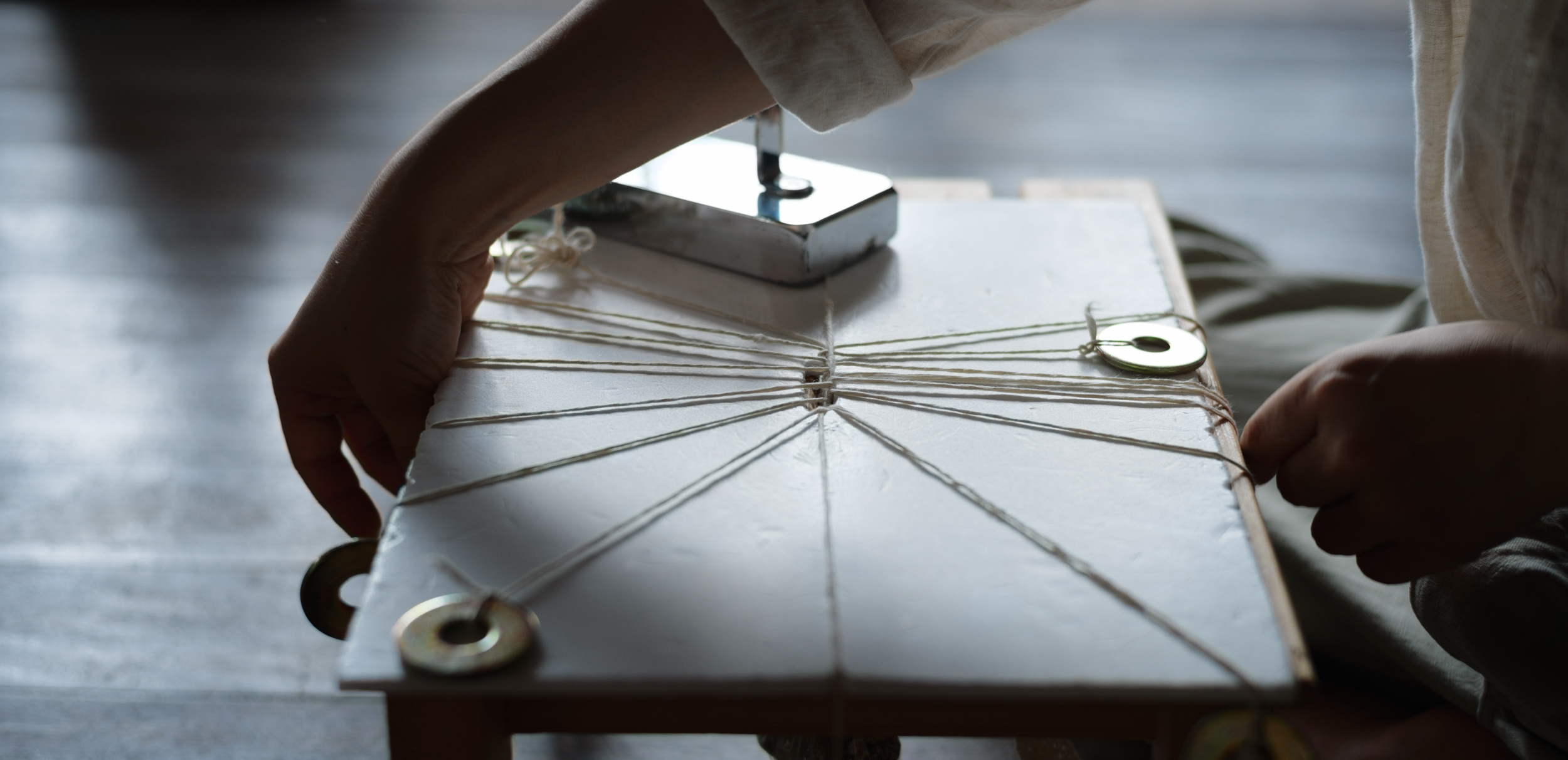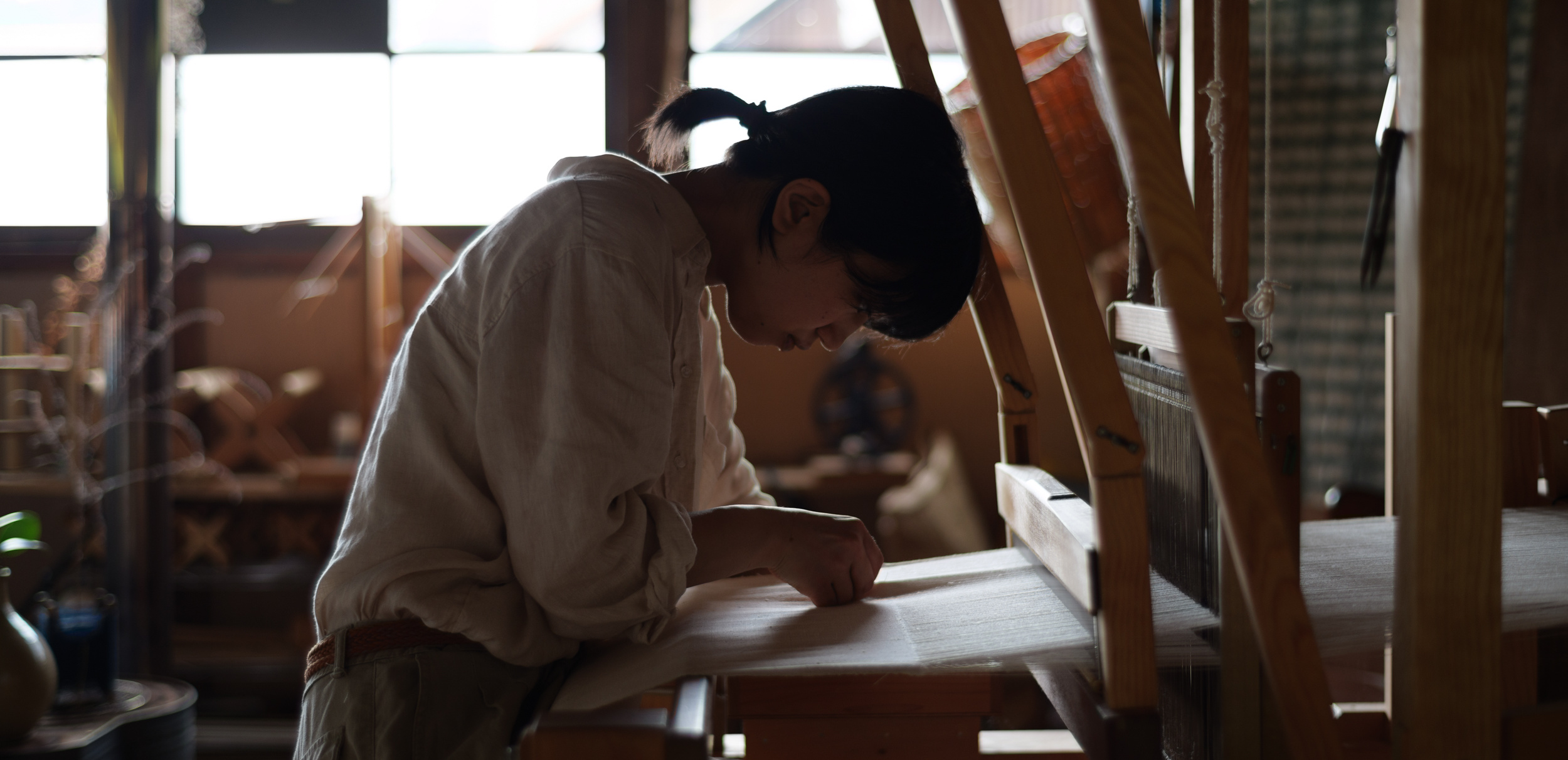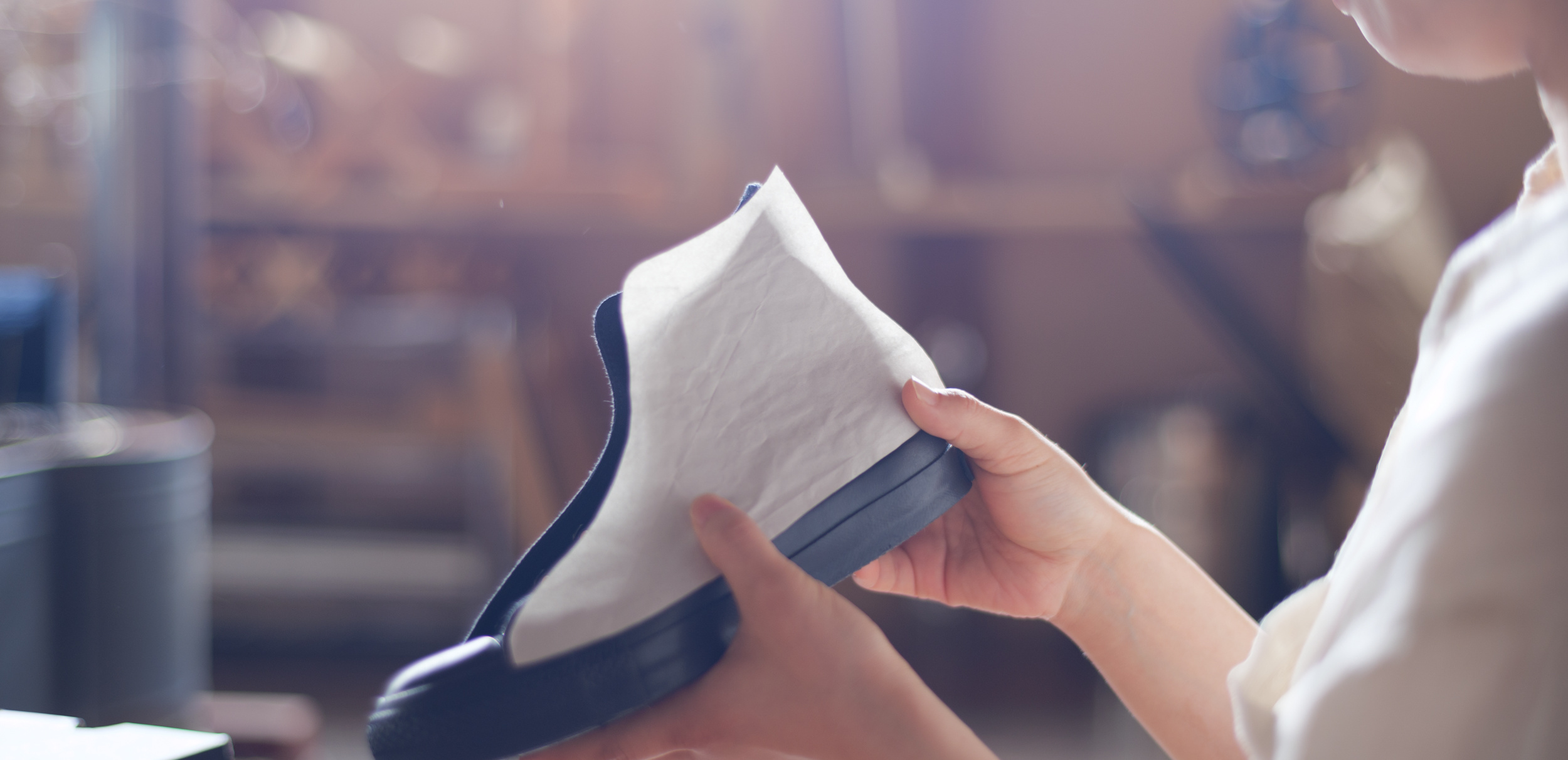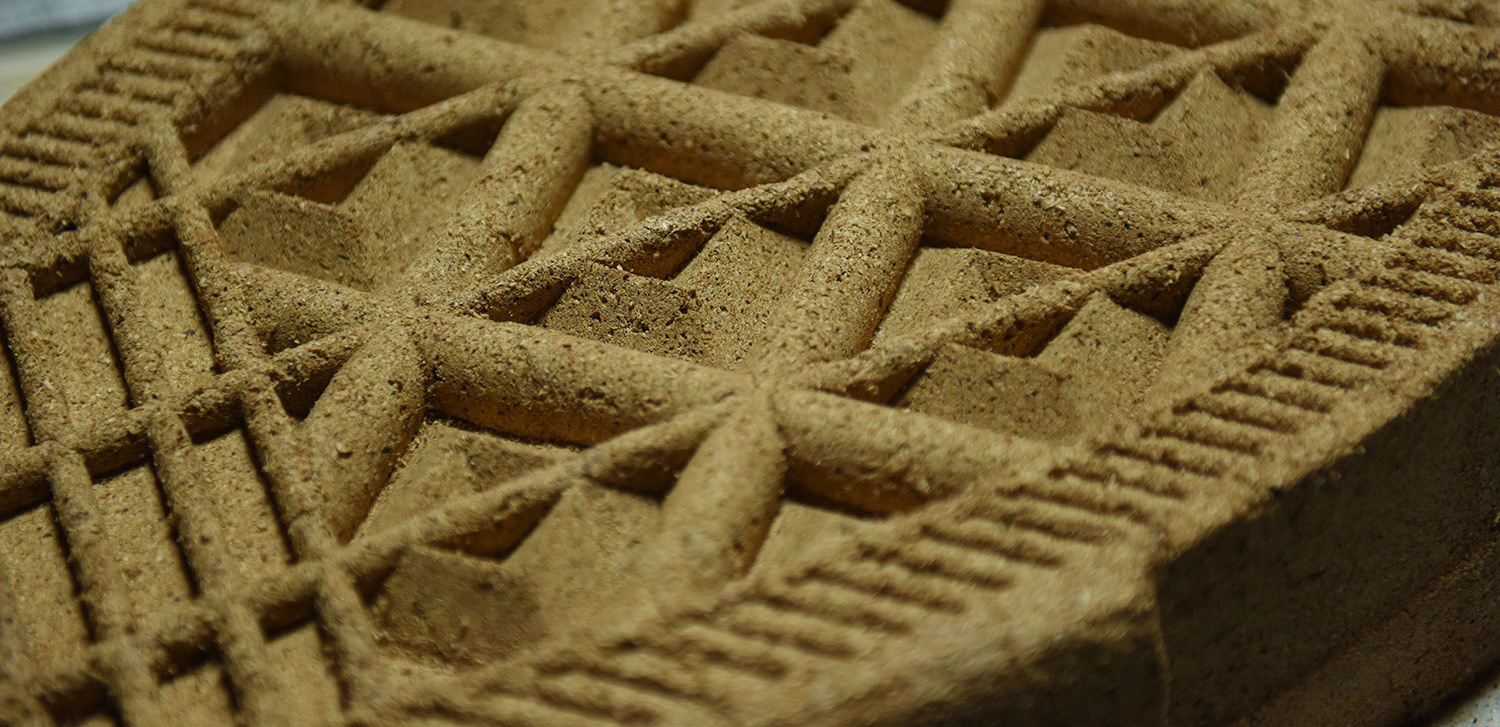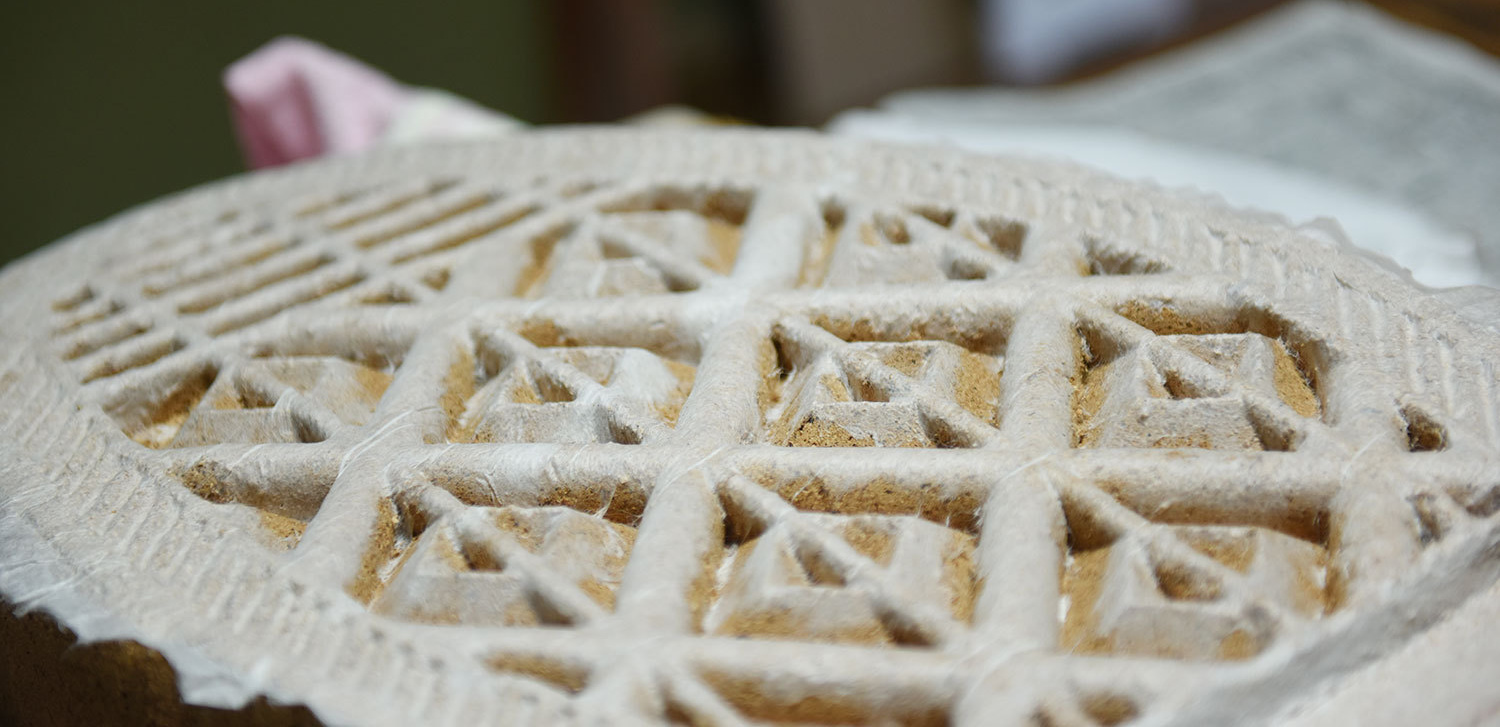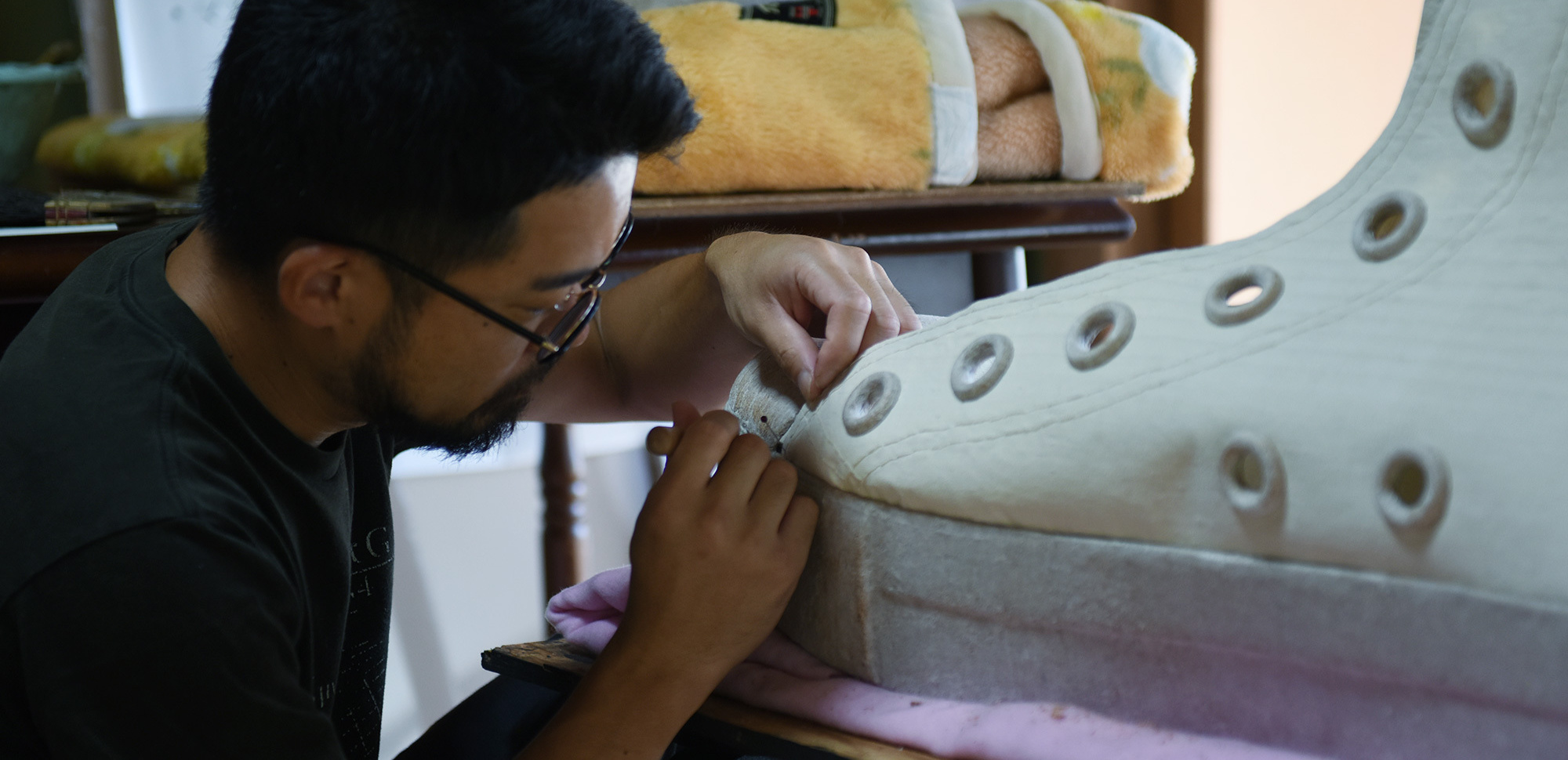Artworks
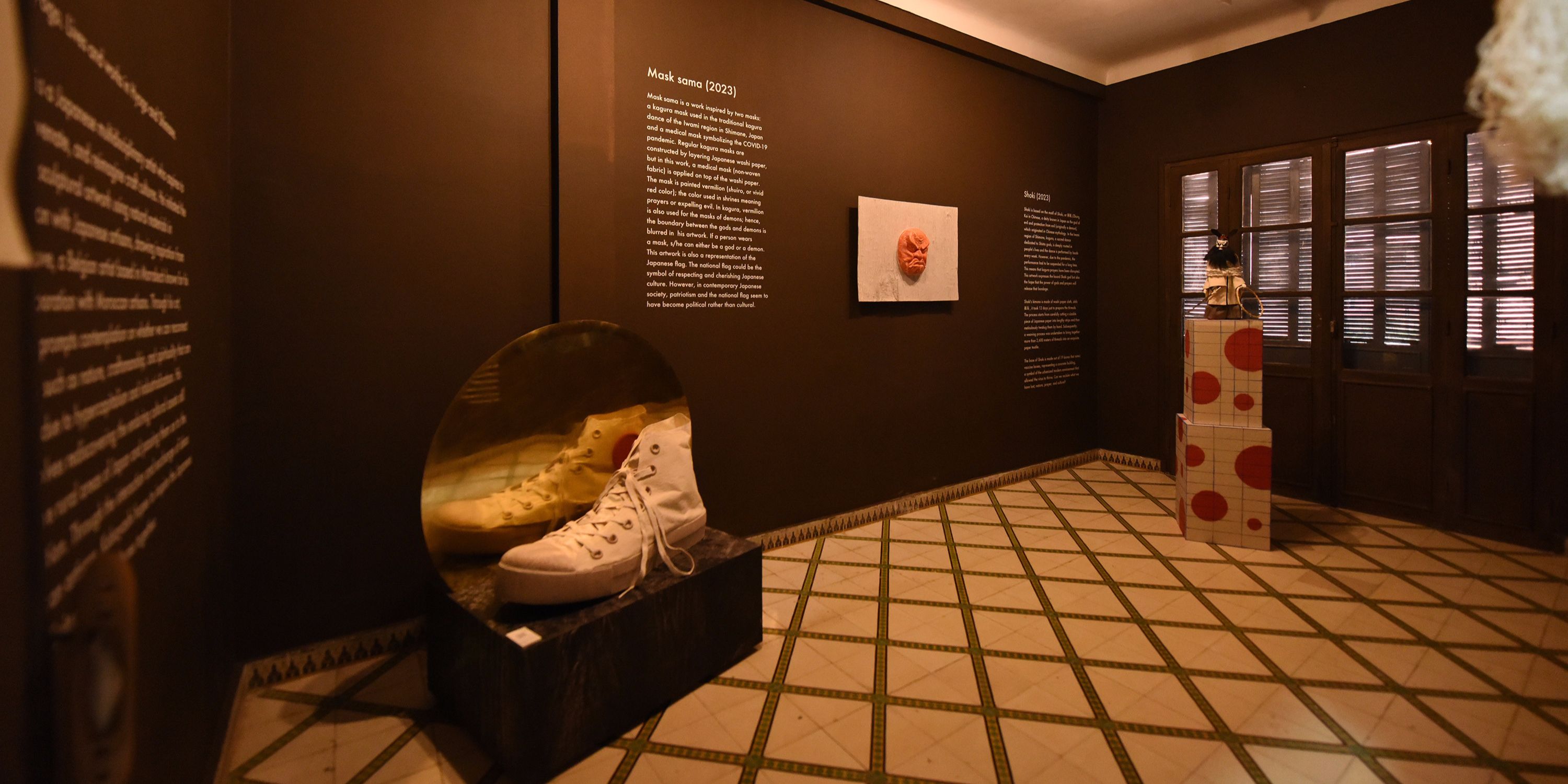
Shinya Kobayashi
1987, Hyogo. Lives and works in Hyogo and Shimane.
Kobayashi is a Japanese multidisciplinary artist who aspires to revive, rejuvenate, and reimagine craft cultures. He initiated the creation of sculptural artwork using natural materials in collaboration with Japanese artisans, drawing inspiration from Eric van Hove, a Belgian artist based in Marrakech known for his close collaboration with Moroccan artisans. Through his art, Kobayashi prompts contemplation on whether we can reconnect to elements such as nature, craftsmanship, and spirituality that are threatened due to hypercapitalism and industrialization. His mission involves rediscovering the enduring cultural assets still present in the rural areas of Japan and passing them on to the next generation. Through the interaction and exchange of ideas with Moroccan artisans, Kobayashi hopes to inspire the Japanese artisans and bring two craft cultures together.
小林新也
1987年兵庫県生まれ。 居住・活動拠点は兵庫県および島根県。
小林は、工芸文化を蘇らせ、活気づけ、再構築するという構想のもと制作活動を行う日本人のマルチディシプリナリー・アーティスト。マラケシュ在住のベルギー人アーティスト、エリック・ヴァン・ホーヴの活動に触発され、日本の職人と一緒に自然素材を使った彫刻作品の制作を開始。彼は作品を通じて、行き過ぎた資本主義と産業化によって失われた自然、職人の技、精神性を取り戻すことはできるのだろうかと問いかける。小林には日本の地方にわずかに残された文化資産を再発掘し、未来に繋げるという使命がある。モロッコの職人たちとのやり取りや交流を通して、小林は日本の職人たちにインスピレーションを与え、2つの工芸文化を結びつけたいと願う。
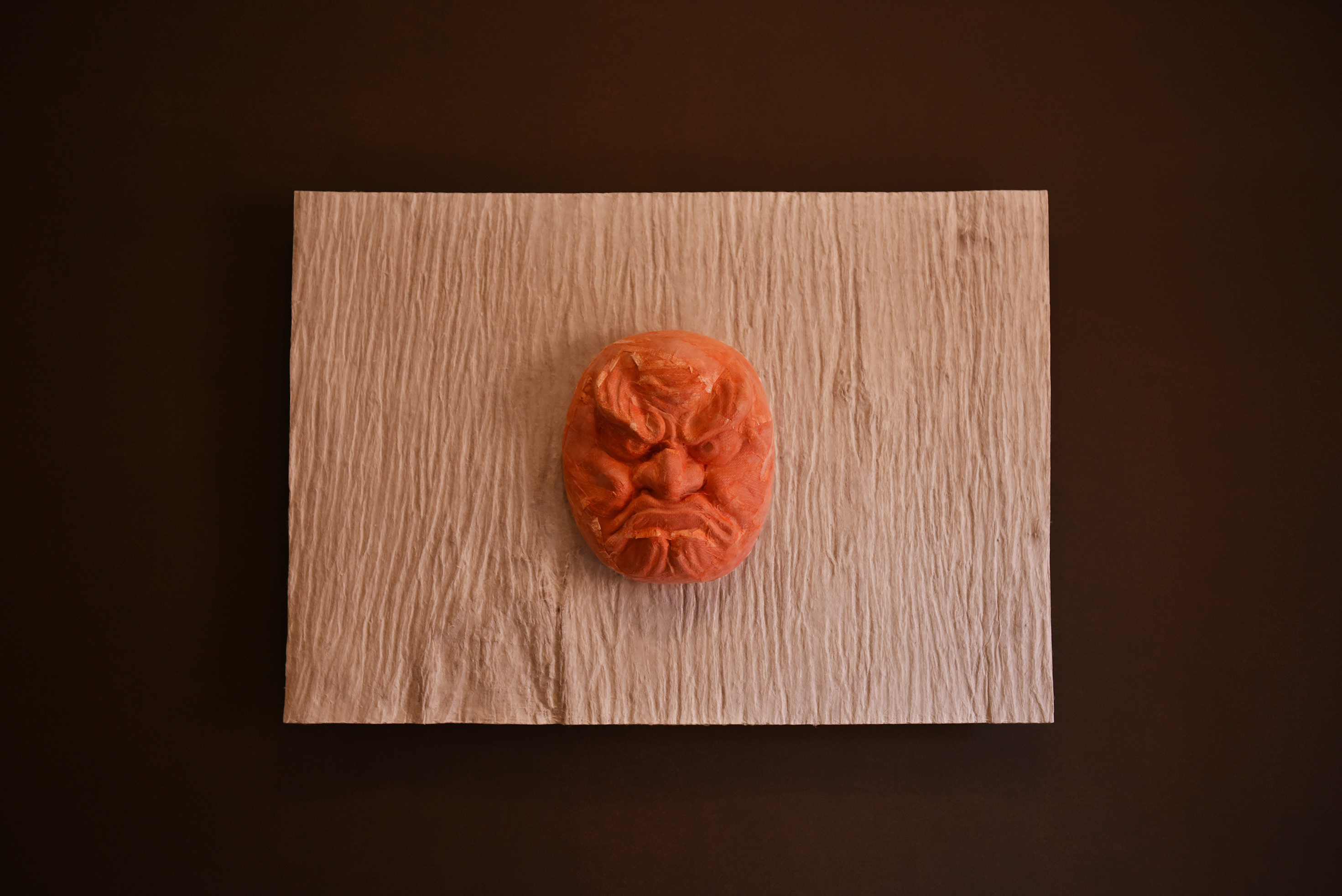
Mask sama
2023
62 x 88 x 15cm
washi paper, Japanese cedar, tree bark, rice glue,
Shinsha (red pigment), medical face masks,
Kakishibu (polymeric tannin from persimmon juice)
Mask-sama is a work inspired by two masks: a kagura mask used in the traditional kagura dance of the Iwami region in Shimane, Japan and a medical mask symbolizing the COVID-19 pandemic. Regular kagura masks are constructed by layering Japanese washi paper, but in this work, a medical mask (non-woven fabric) is applied on top of the washi paper. The mask is painted vermilion (shuiro, or vivid red color); the color used in shrines meaning prayers or expelling evil. In kagura, vermilion is also used for the masks of demons; hence, the boundary between the gods and demons is blurred in this artwork. If a person wears a mask, s/he can either be a god or a demon. This artwork is also a representation of the Japanese flag. The national flag could be the symbol of respecting and cherishing Japanese culture. However, in contemporary Japanese society, patriotism and the national flag seem to have become political rather than cultural.
マスクさま/Mask-sama(2023)は、島根県の石見地方に伝わる神楽の舞で使われる面(神楽面)と、コロナのパンデミックを象徴する医療用マスクという、2つのマスクをモチーフにした作品。通常、和紙を貼って完成させる神楽面だが、この作品では和紙の上に医療用マスク(不織布)を重ねた。マスクは鳥居や神社において祈りや魔除けの意味を込めて使われる朱色に塗られている。朱色は神楽では鬼の面にも使われるため、この作品では神と鬼の境目が曖昧になっている。面を被れば、神にも鬼にもなれるのかもしれない。この作品は日本の国旗を模している。国旗とは、日本文化を敬い、大事にしたいと思いを象徴するものではないだろうか。しかし、現代日本社会においては、愛国心や国旗は文化的なものではなく政治的なものになってしまっているようだ。
Artisans who participated in the work
作品に参加した職人
Taizo Kobayashi | 小林 泰三
Seigi Nisida | 西田 誠吉
Mitiaki Kobayashi | 小林 道明
Misako Kobayashi | 小林 美佐子
Shinya Kobayashi | 小林 新也
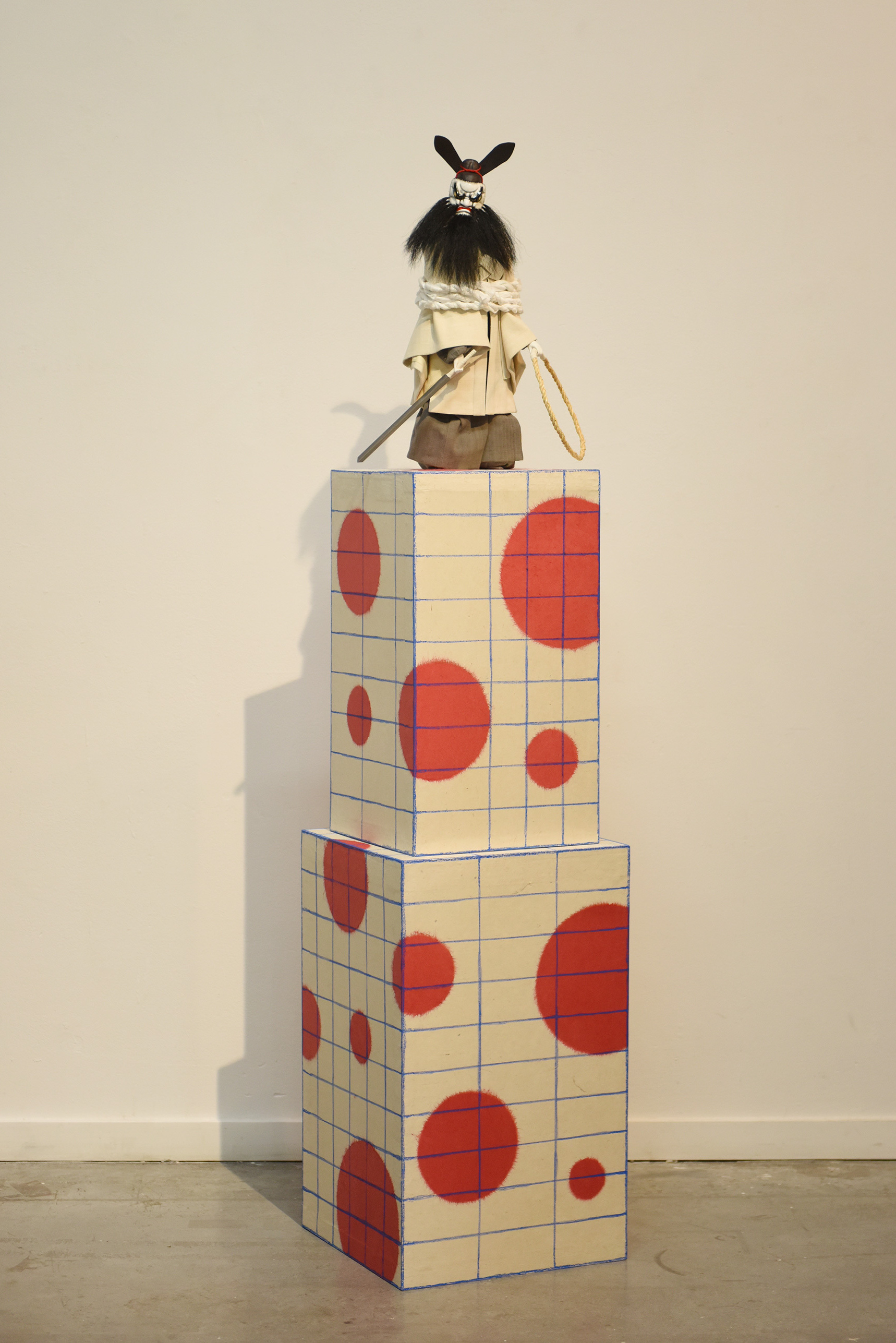
Shoki
2023
175 x 39 x 39cm
washi paper, Japanese cedar, straw, medical face masks,
Shinsha (red pigment), rice glue, horsehair,
Kakishibu (polymeric tannin from persimmon juice),
Tamahagane (Steel for Samurai Sword)
Shoki is based on the motif of Shoki, a deity known in Japan as the god of evil and protection from evil, which originated in Chinese mythology. In the Iwami region of Shimane, kagura, a sacred dance dedicated to Shinto gods, is deeply rooted in people's lives and the dance is performed by locals every week. However, due to the pandemic, the performance had to be suspended and kagura prayers were disrupted for a long time. The artwork expresses the bound Shoki god but also the hope that the power of gods and prayers will release that bondage. Shoki's kimono is made of washi paper cloth, shifu 紙布 ; it took 12 days just to prepare 2,600 meters of threads. The base of Shoki is made out of 19 boxes that mimic vaccine boxes, representing a concrete building, a symbol of the urbanized modern environment that allowed the virus to thrive. Can we reclaim what we have lost: nature, prayer, and culture?
しょうき /Shoki(2023)は、中国の神話に由来し、厄除け・魔除けの神(元々は鬼だった)として日本でも知られている鍾馗(しょうき)をモチーフにした作品。島根県の石見地方では、神楽の舞が人々の暮らしに根付いており、毎週、神楽の公演が実施されてきたが、パンデミックで公演は長期間中断された。つまり神楽の祈りが中断されてしまったのだ。この作品は、縛られてしまった鍾馗の神を表現しつつ、神や祈りの力はその「縛り」をも解き放つという希望も込められている。しょうきの着物には、和紙を細長く切って、手作業によるよりをかけるという作業により12日間かけて糸を作り、2600メートル以上の糸を使って織り上げられた紙布を使用している。
しょうきの土台部分は、都市化が進んだ近代社会の象徴であるコンクリートのビルを意味している。ウイルスは都会の環境の中で猛威を振るったことを表現するため、ワクチンの箱を19段積み上げた。私たちは、失ってしまったものー自然、祈り、文化ーを、取り戻すことはできるだろうか。
Artisans who participated in the work
作品に参加した職人
Yu Yamauchi | 山内 ゆう
Taizo Kobayashi | 小林 泰三
Seigi Nisitada | 西田 誠吉
Tsugio Okada | 岡田 次雄
Kouji Miyanohara | 宮之原 康詞
Tamahagane | 田鍋家の玉鋼
Kiyoshi Shibahara | 芝原 清
Mitiaki Kobayashi | 小林 道明
Misako Kobayashi | 小林 美佐子
Shinya Kobayashi | 小林 新也
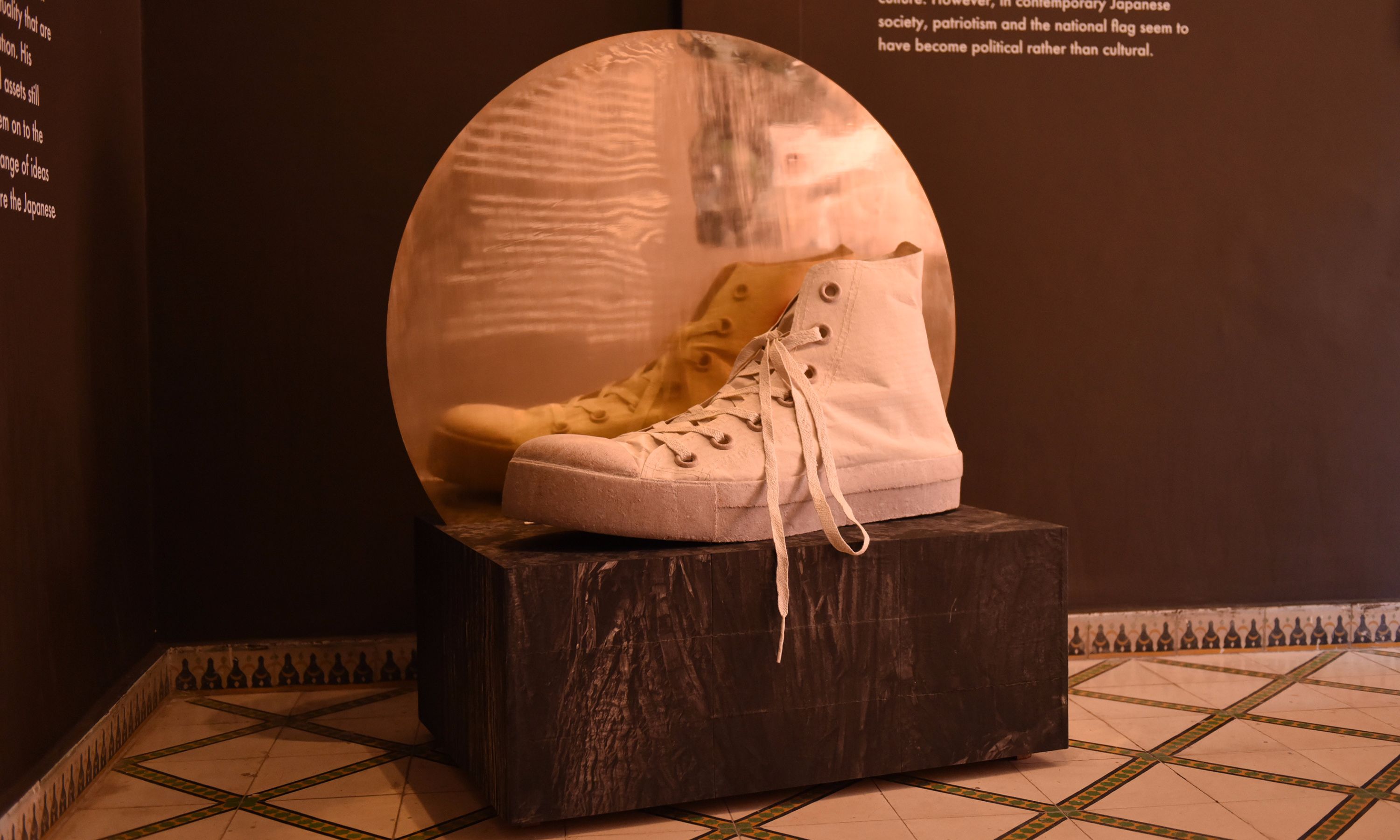
Satoyamart
2024
126 x 66 x 96cm
washi paper, Japanese cedar, sawdust, brass,
Shinsha (red pigment), rice glue,
Kakishibu (polymeric tannin from persimmon juice)
Satoyamart is a shoe-inspired pop art combining various natural materials and craftsmanship from the Iwami region in Shimane. By recreating a global design using hyper local skills and materials, we're celebrating the abundance of overlooked skills and materials in the local region. Currently, the majority of shoes are not recycled, and an estimated 22 billion pairs end up in landfills worldwide. Shoes symbolize how every one of us is unconsciously being involved in environmental destruction. The left shoe is here, but the right shoe is in the mountain in Japan from where it came. To the artist, the act of returning the right shoe in the mountain represents an act of patriotism, which seems to have been lost in Japan as the Japanese lifestyle has diverged from nature. Satoyamart is a series that combines art and satoyama, a Japanese notion of humans being a part of the natural ecosystem in the mountains. By reproducing globally distributed designs using local materials and working with local craftsmen, the series is meant to show the future of manufacturing and consumption.
里山ートは、靴を題材に、島根県のさまざまな自然素材と職人の技を融合し、ポップアートとして昇華させた。これはグローバルなデザインを島根県石見地方のハイパーローカルな技と素材で再現することで、見過ごされがちな地域の技と素材の豊富さを称賛する作品だ。靴の大半がリサイクルされず、世界では推計で220億足もの靴がゴミとして埋立地に行き着くという。靴は、誰もが無意識のうちに自然破壊に関与していることを象徴する存在だと言える。この作品の上部は和紙を細長く切って、手作業によるよりをかけるという作業により25日間かけて糸を作り、5500メートル以上の糸を使って織り上げられた紙布を使用している。
靴の左側はここにあるが、右側を生まれた山へ還した。未来のプロダクトは役目を終えた時、捨てるという概念ではなく、還すという行為に変わる。その時どんな還し方をするだろうか。日本の国旗の赤い丸は太陽の神様天照大神を表しており、天皇家はその子孫にあたる。日本人の暮らしが自然と乖離してから日本の愛国心はどこかに行ってしまったように僕は感じる。右側を山に還す行為は、僕の愛国心でもあった。
『里山ート Satoyamart』は、人間の暮らしが山の自然循環の一部だと考える里山とアートを融合させたシリーズ。グローバルに流通するデザインを、地域の素材を使い、地域の職人と再現することによって、これからのものづくりや消費のあり方を提示する。特定の箇所に集中したグローバル規模の大量生産から、いかに分散化したハイパーローカルなものづくりを実現できるか。自然の素材を使い、完全に自然に還るようなサーキュラーなものづくりとは。グローバルなネットワークからデザインをオープンソースして、ハイパーローカルに再現するには?
Artisans who participated in the work
作品に参加した職人
Yu Yamauchi | 山内 ゆう
Seigi Nisida | 西田 誠吉
Sou Kubota | 久保田 総
Sekishu Washi Kaikan | 石州和紙会館
Mitiaki Kobayashi | 小林 道明
Misako Kobayashi | 小林 美佐子
Shinya Kobayashi | 小林 新也
Kiyomu Ushiro | 宇城 潔

